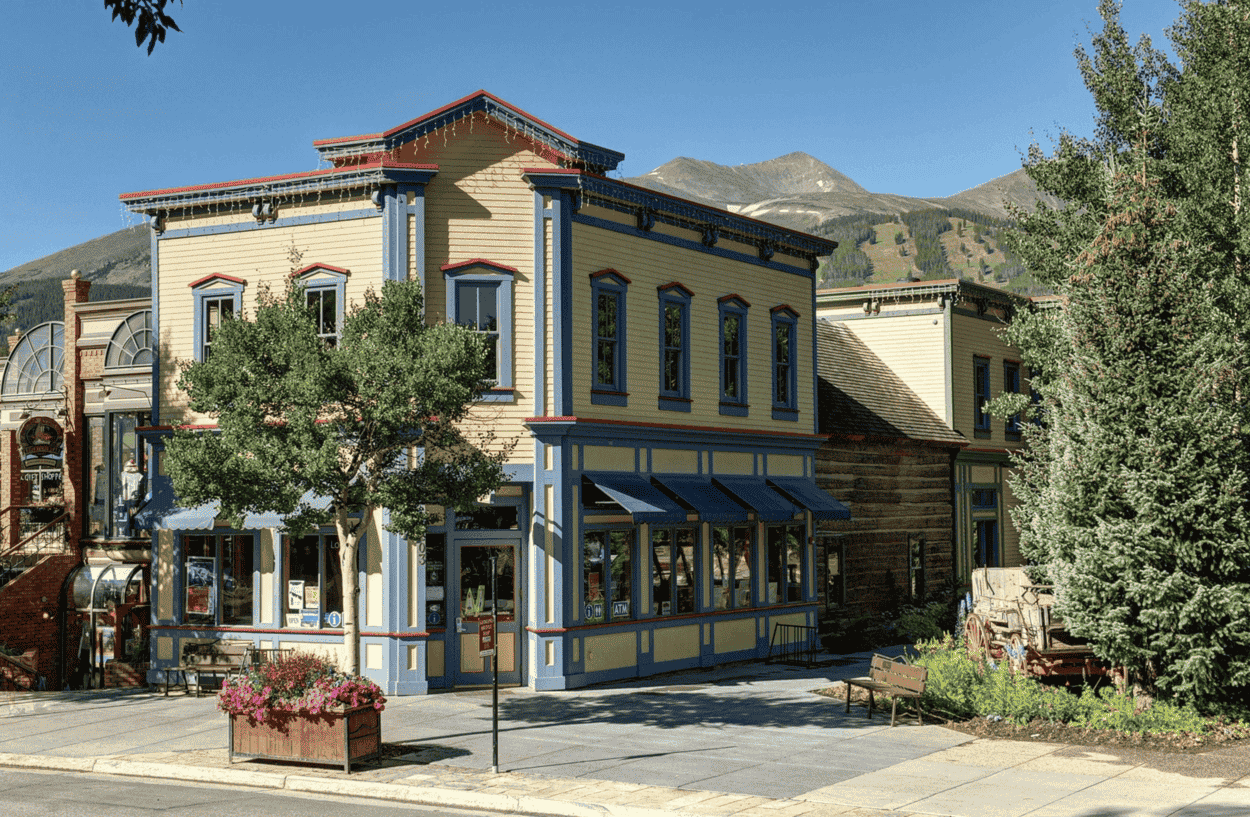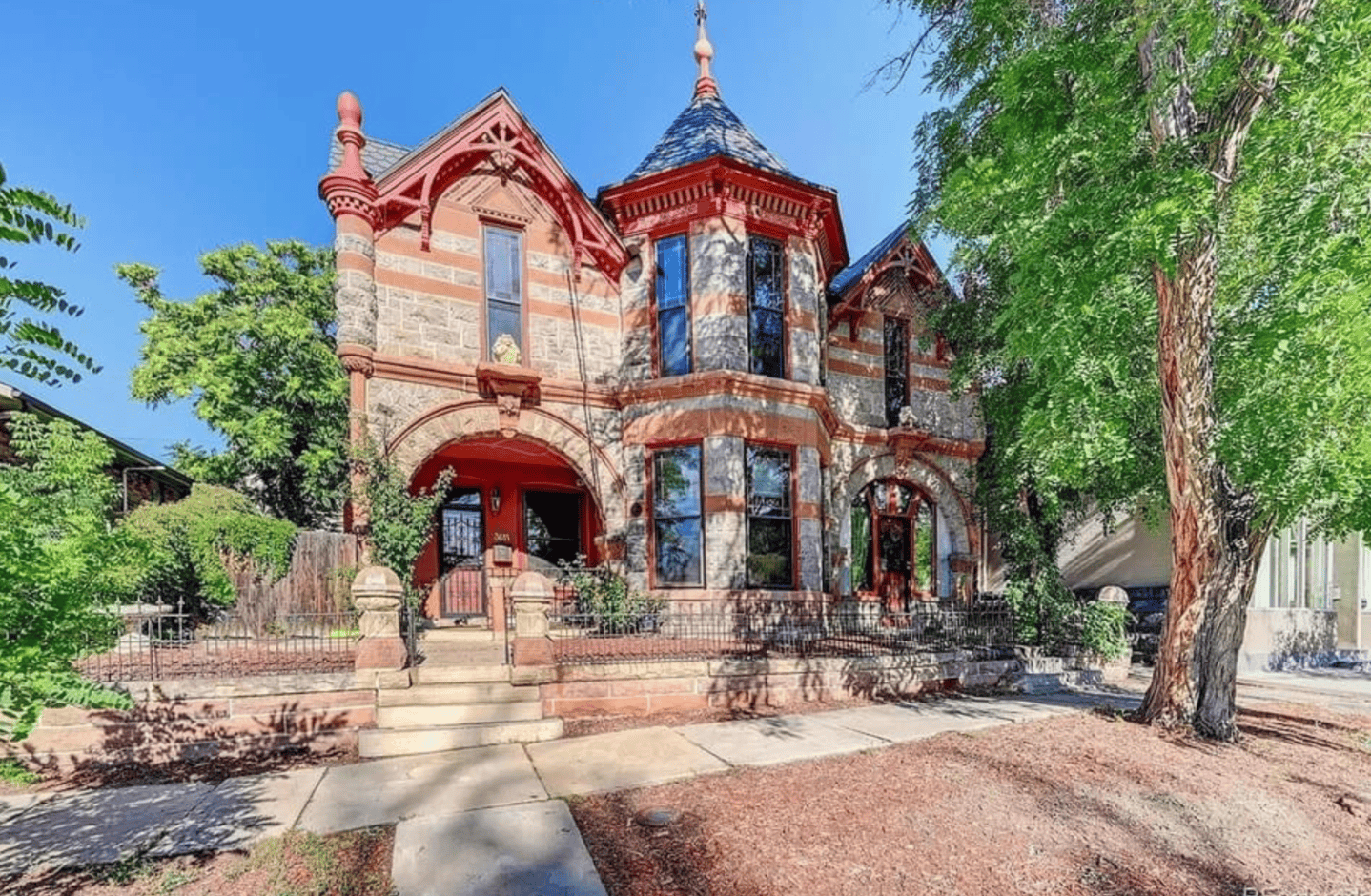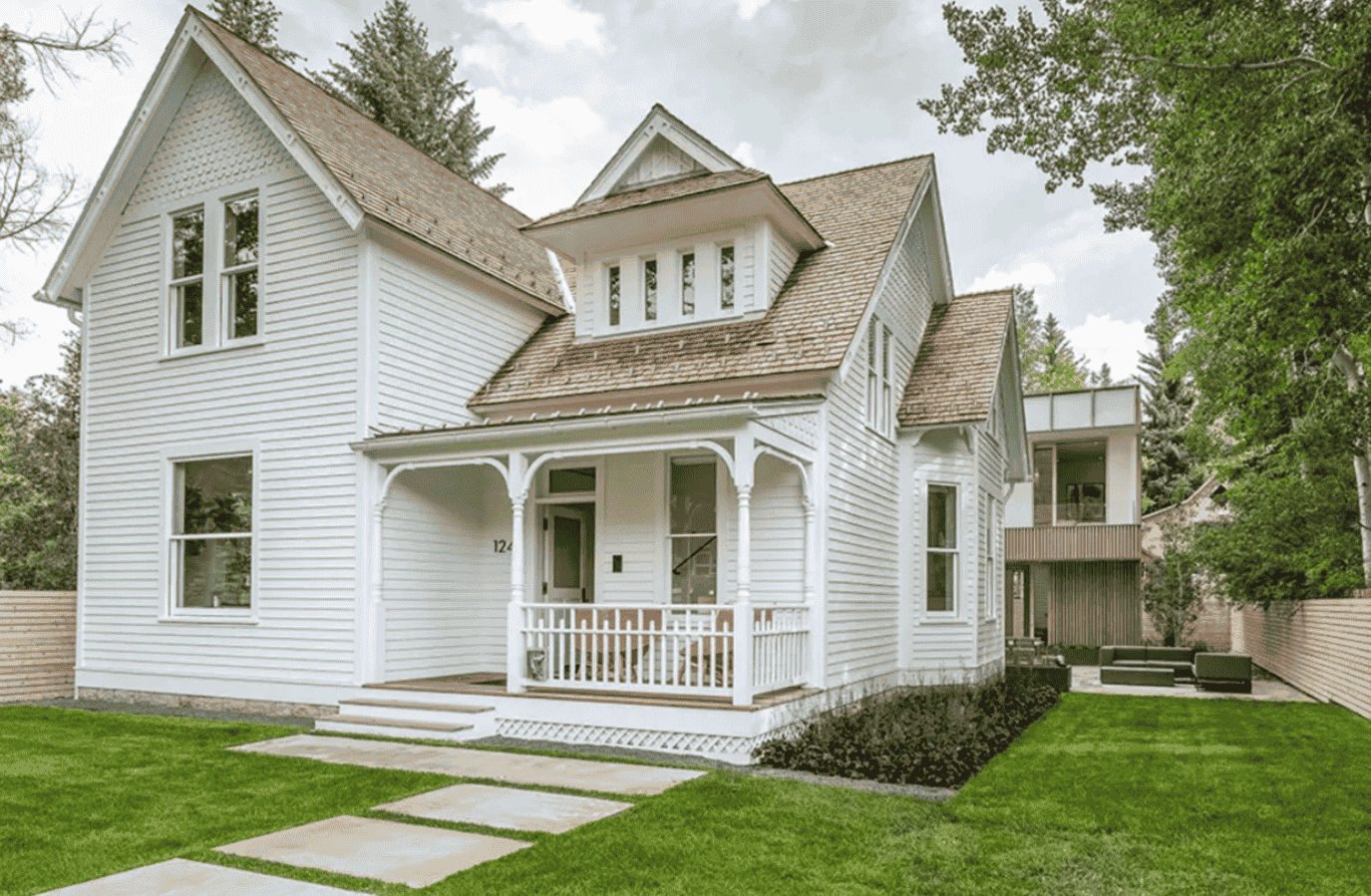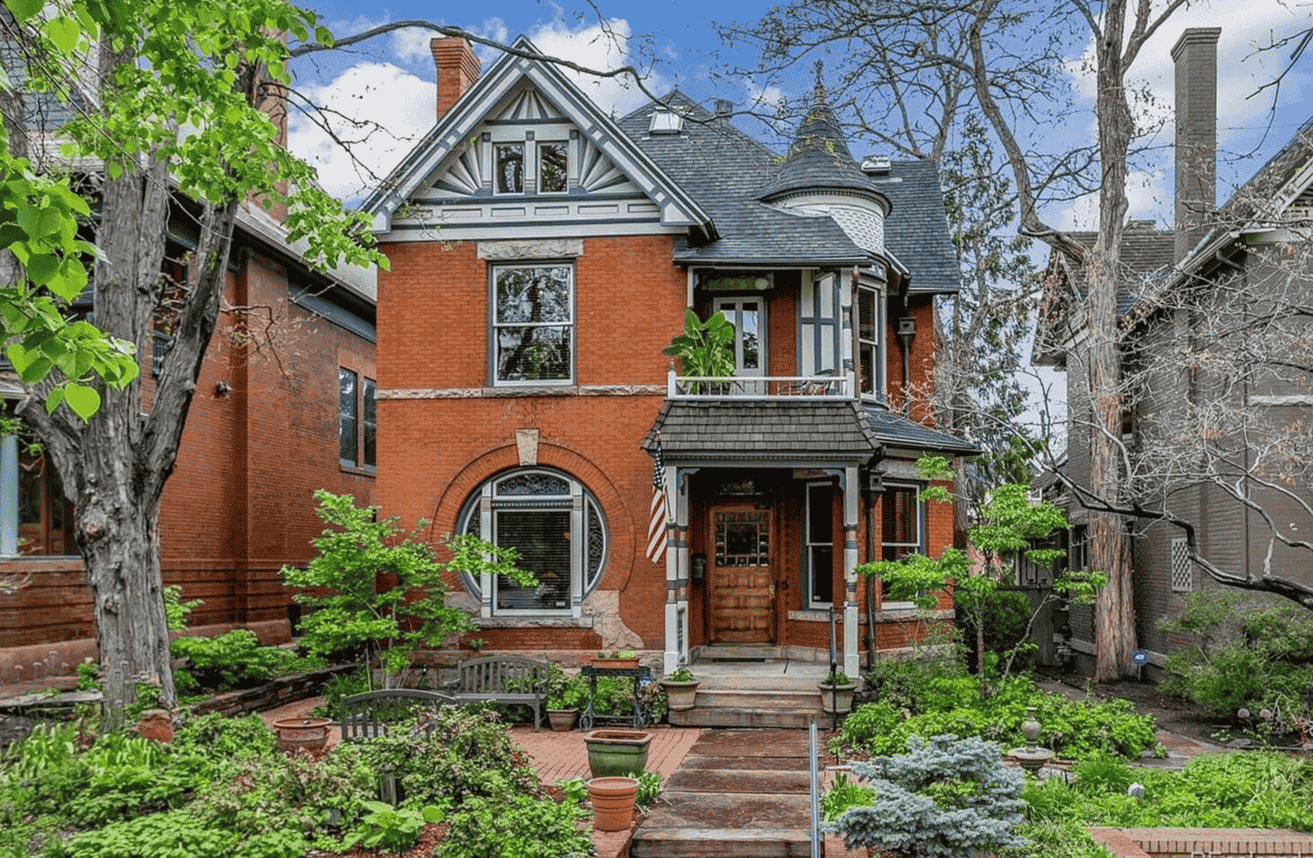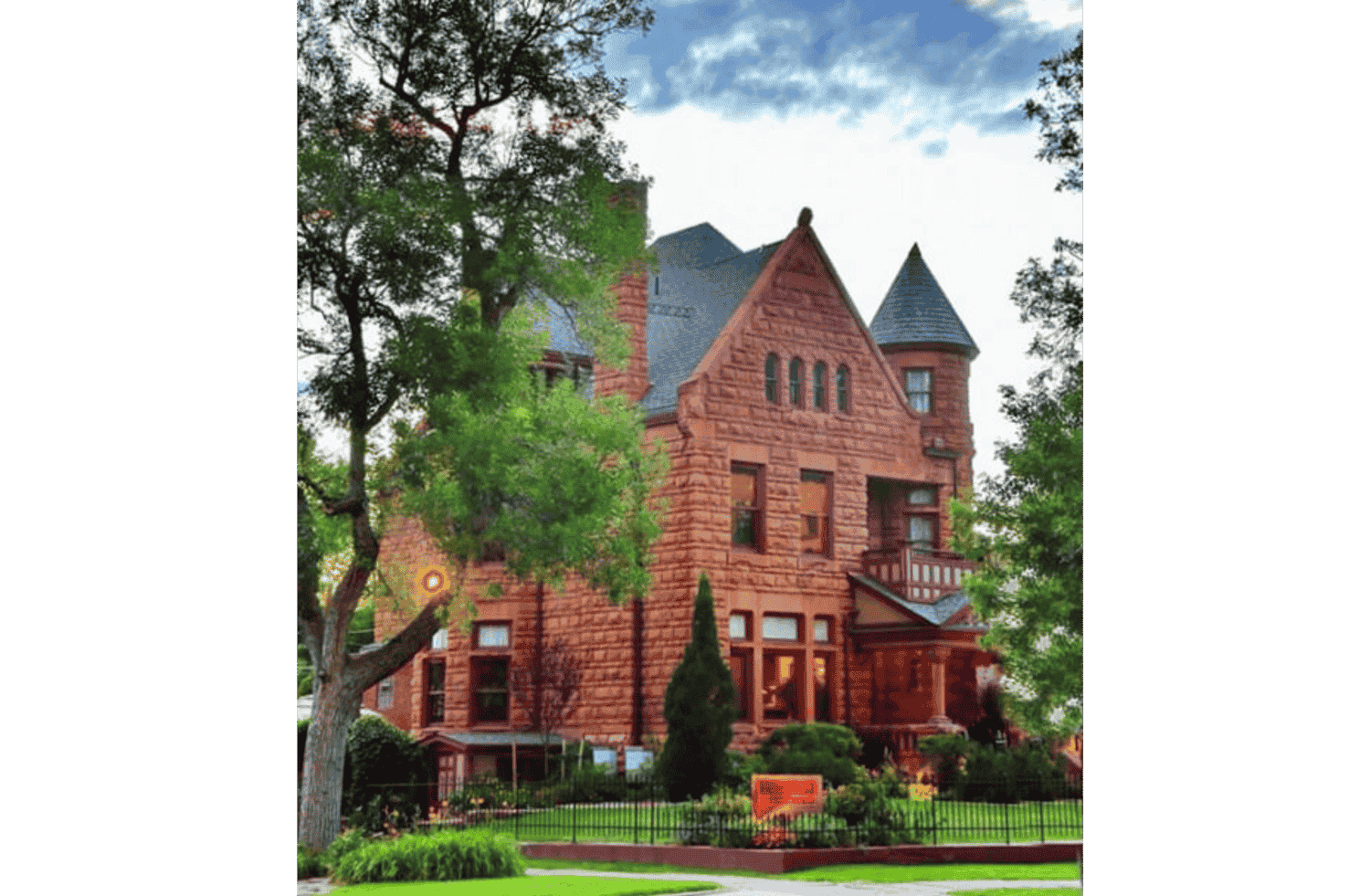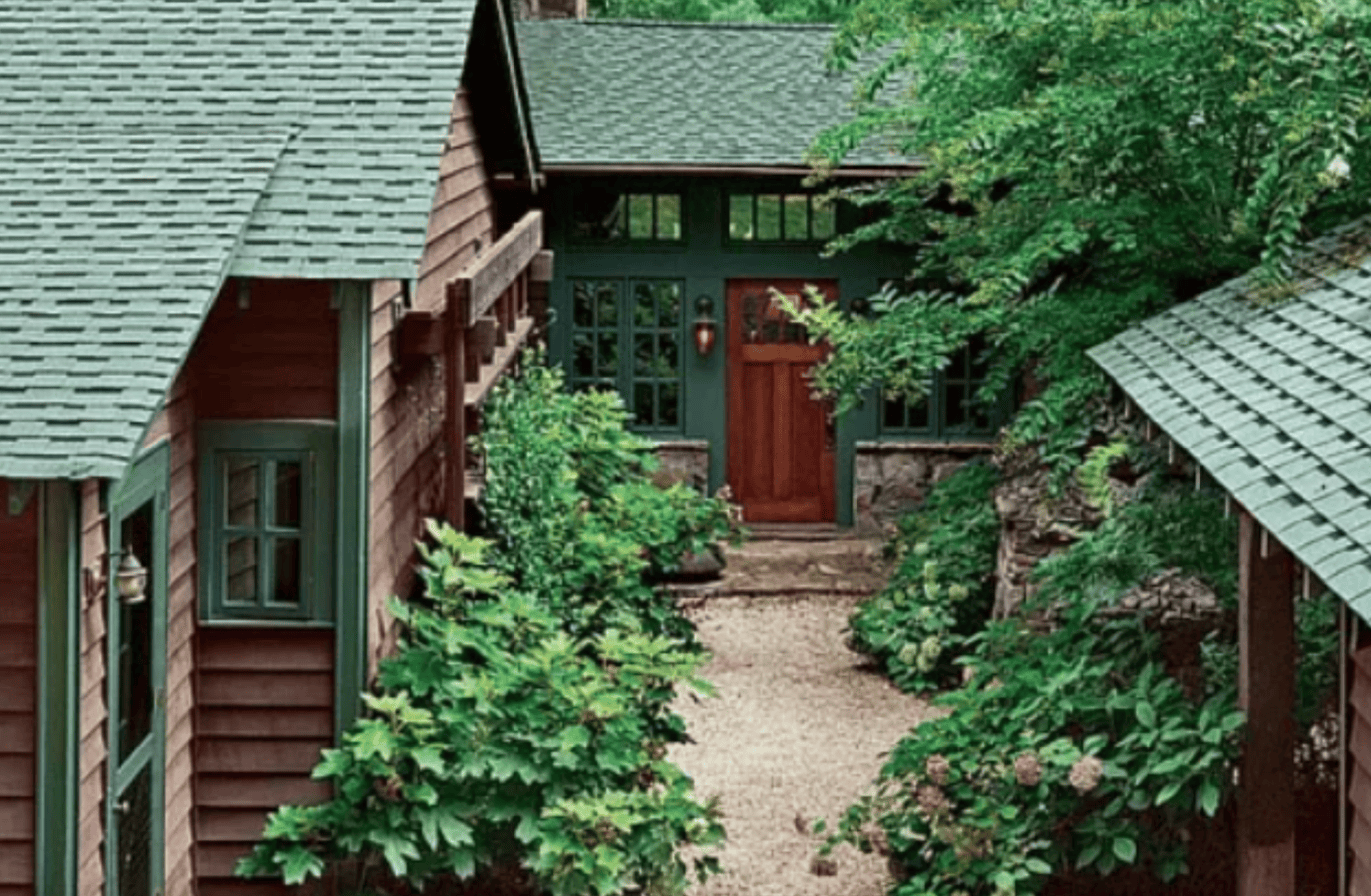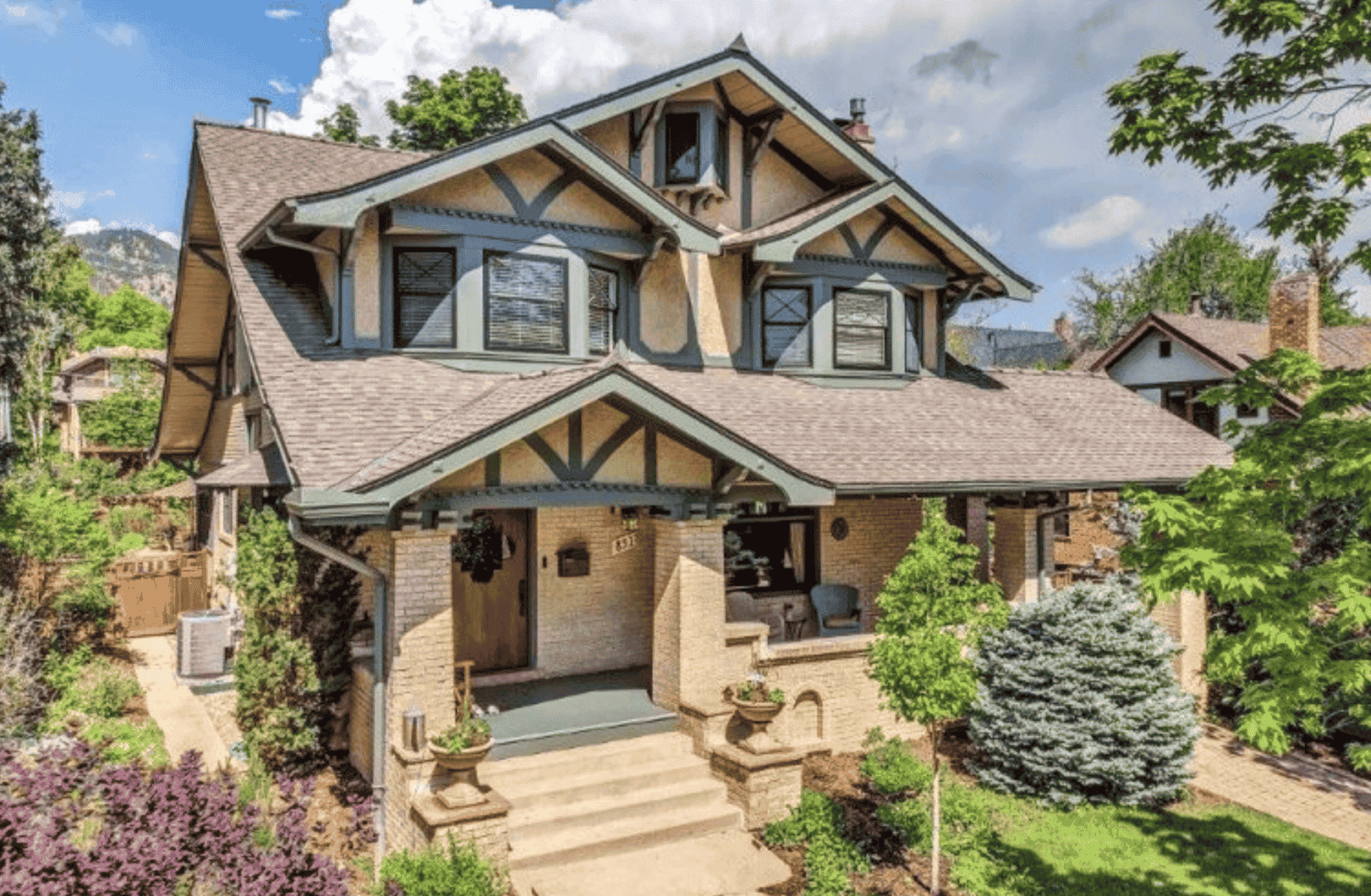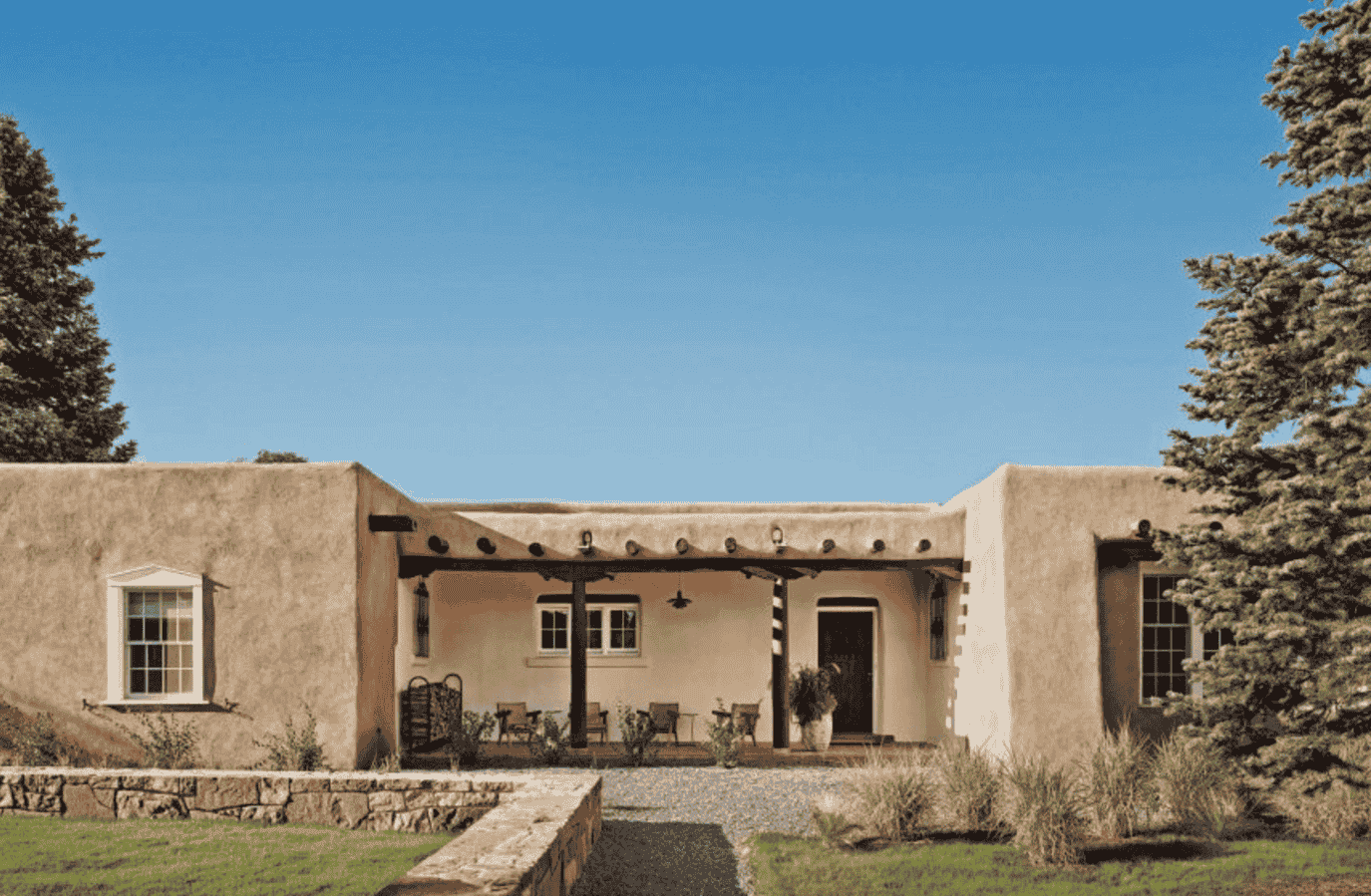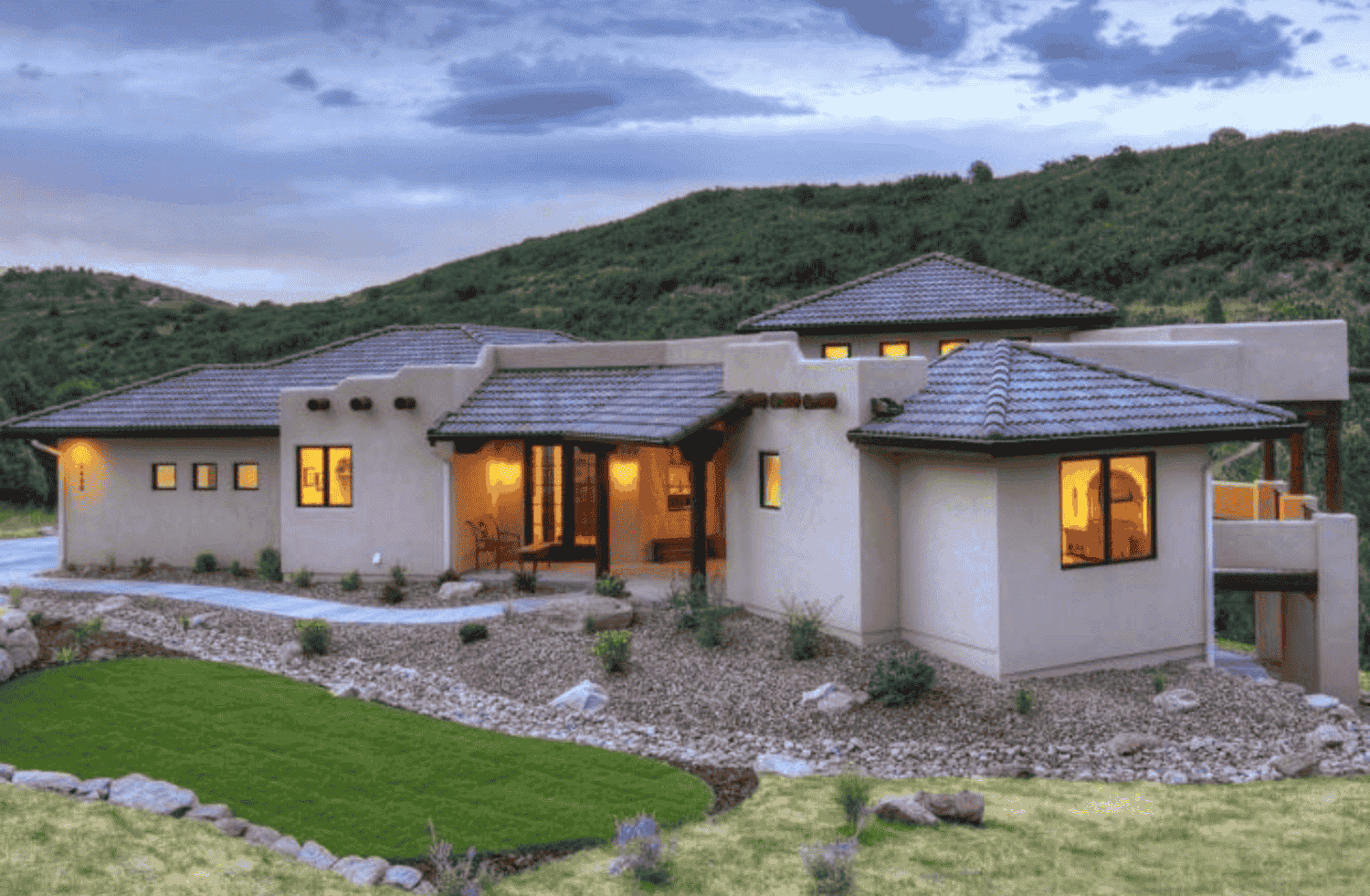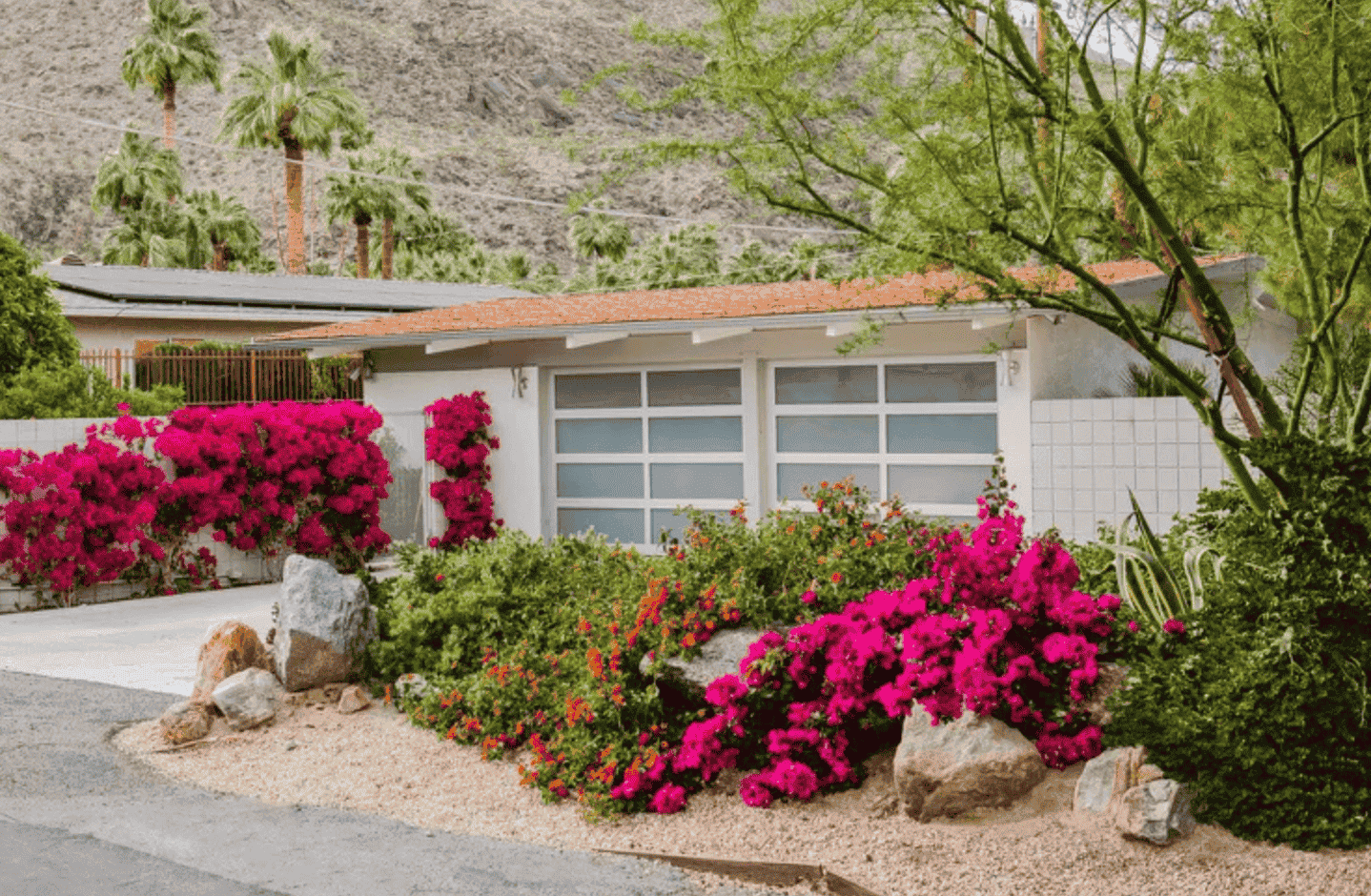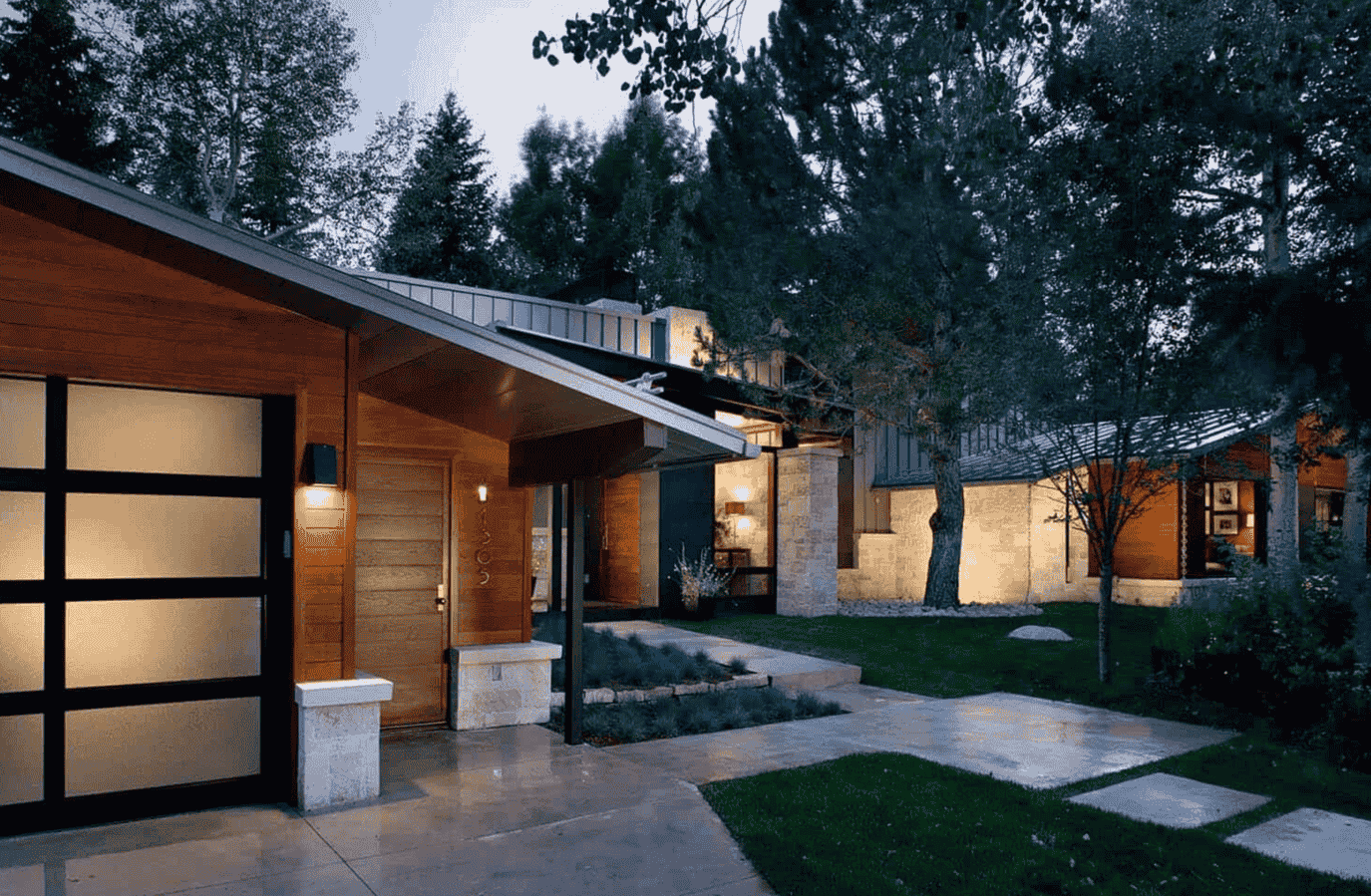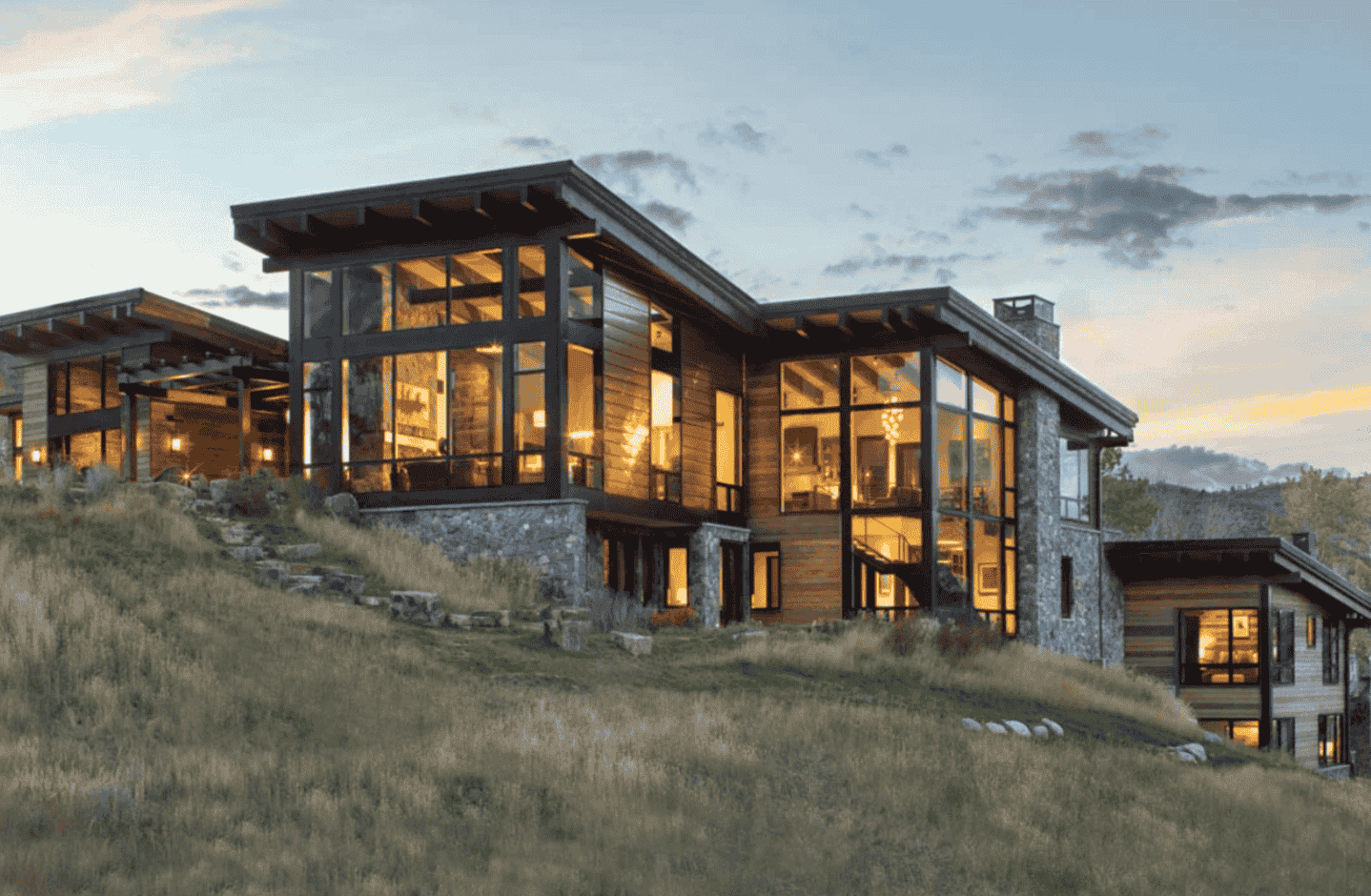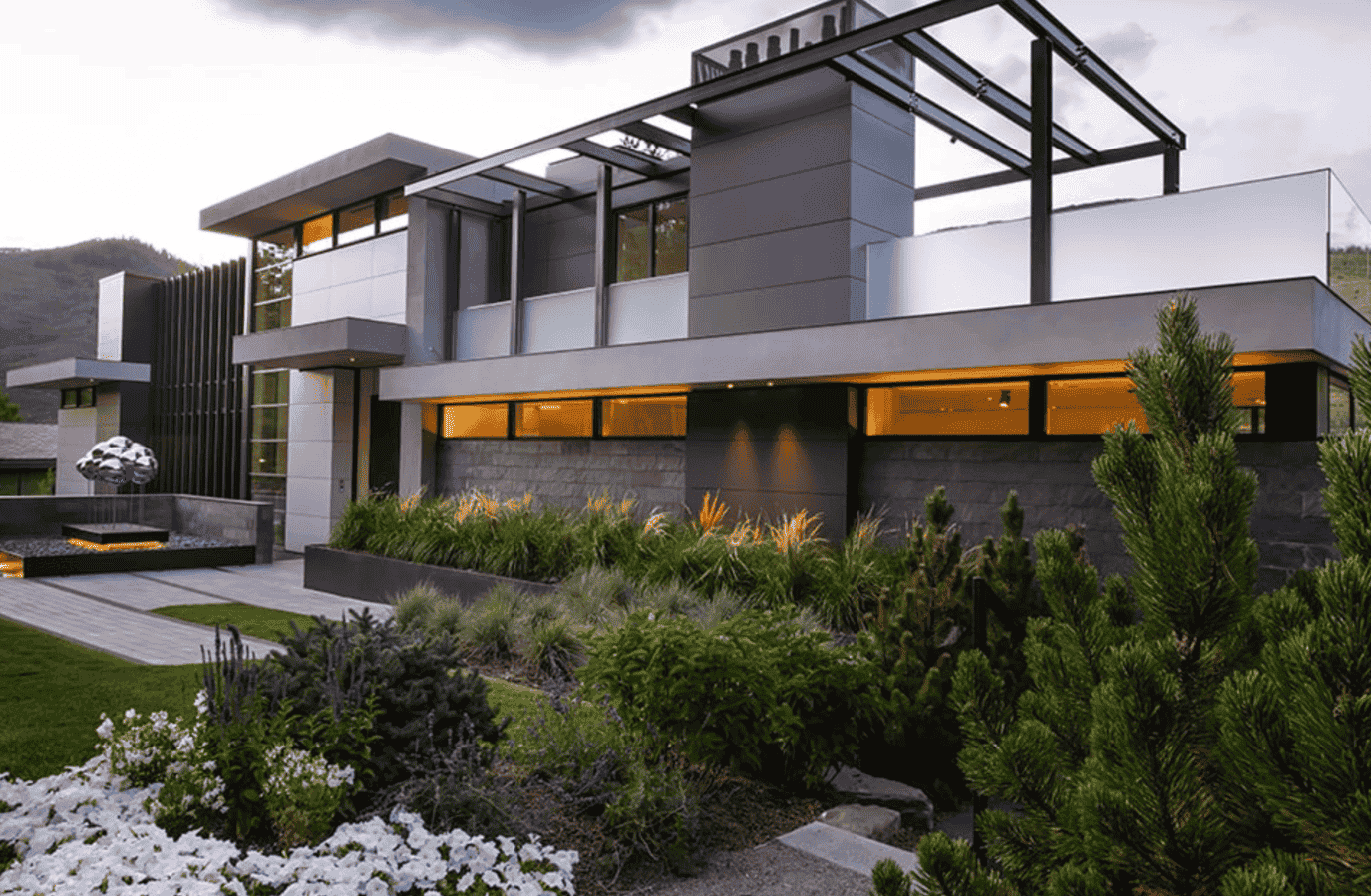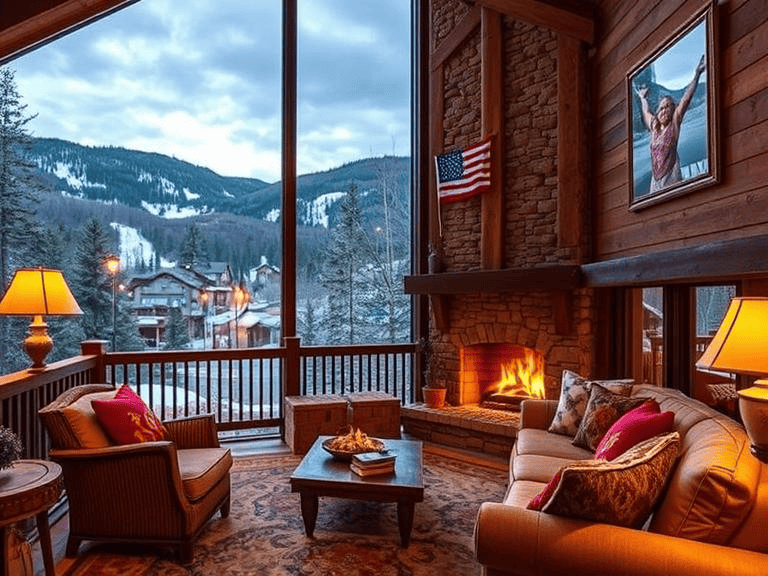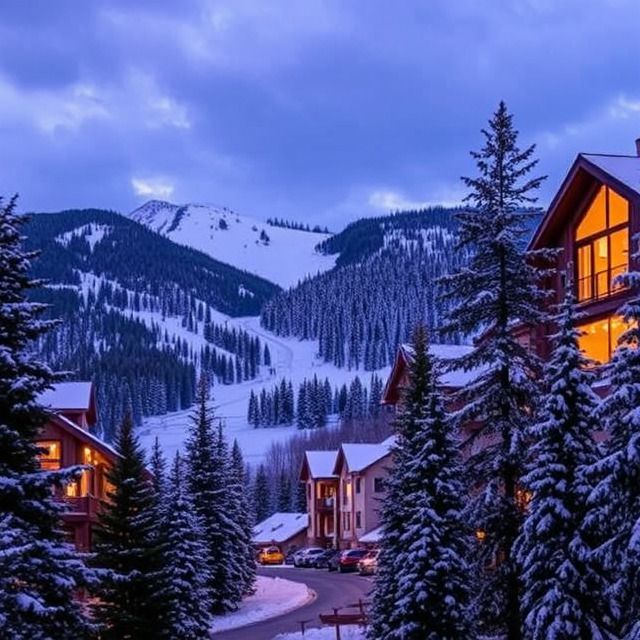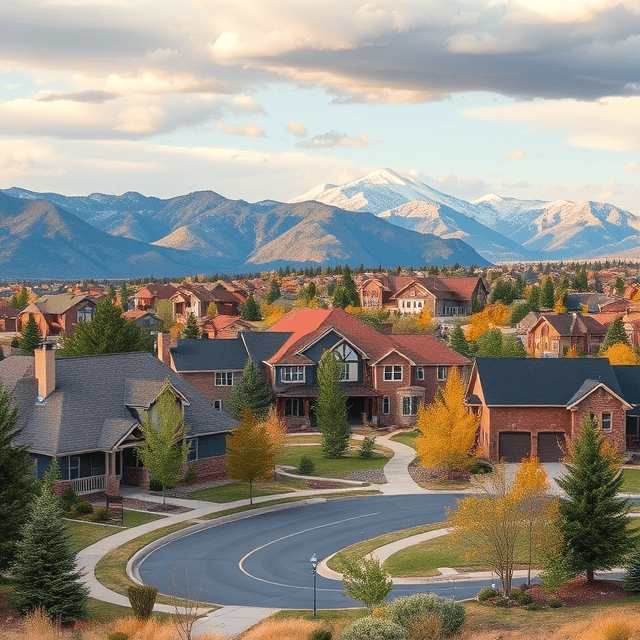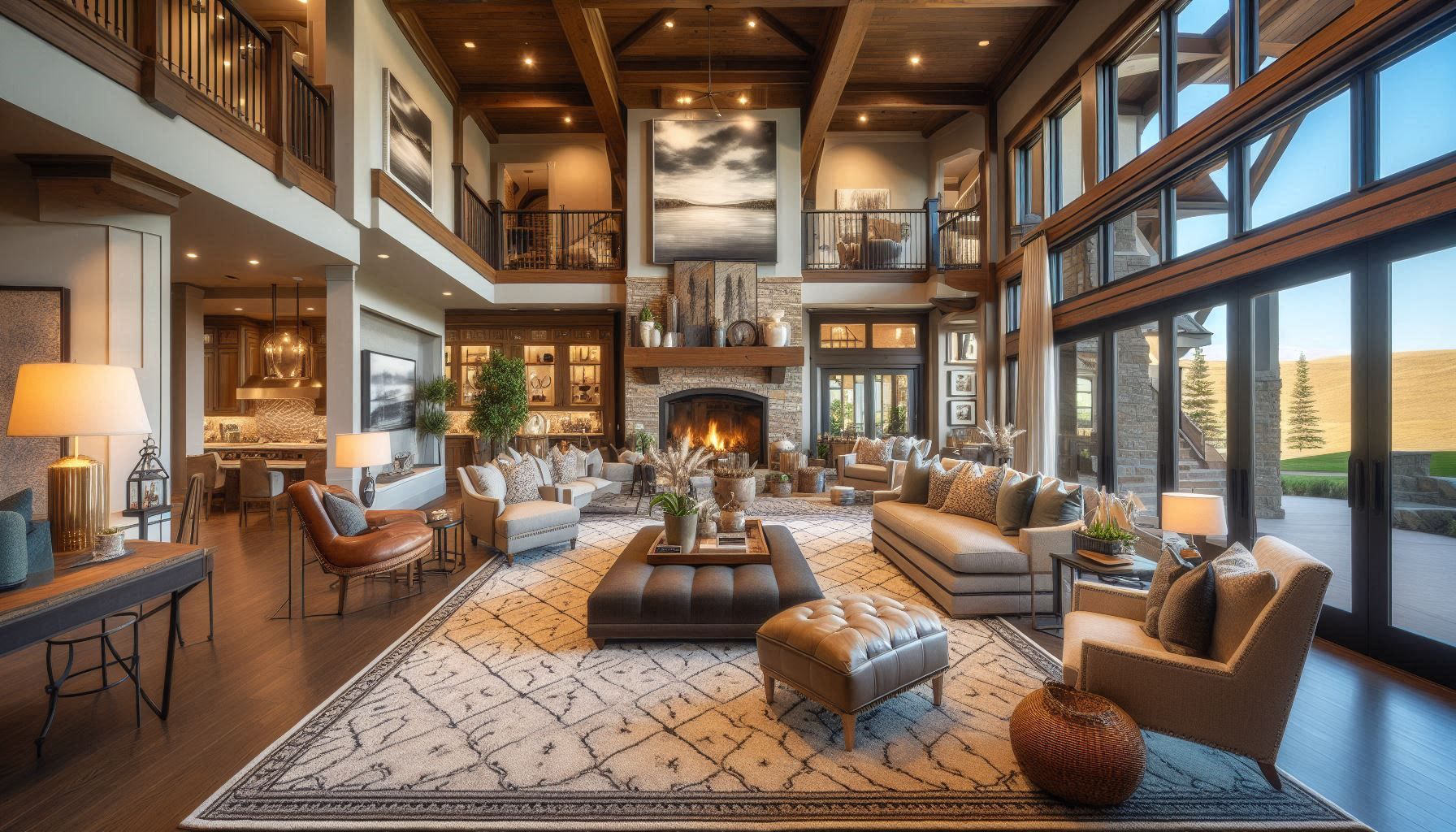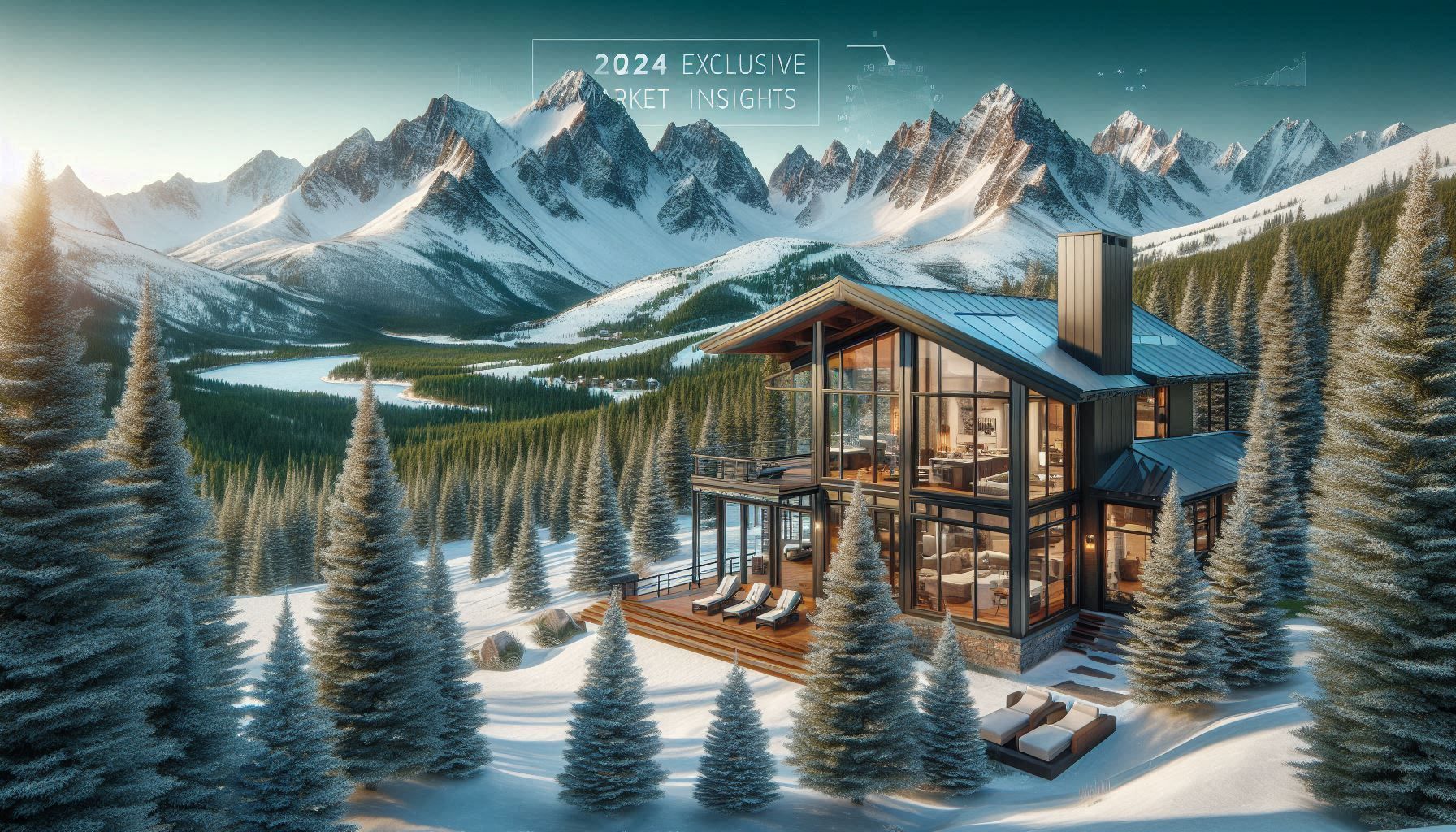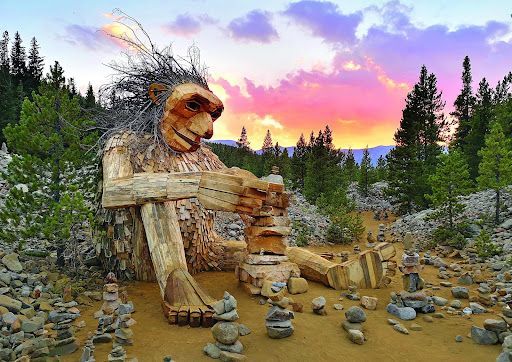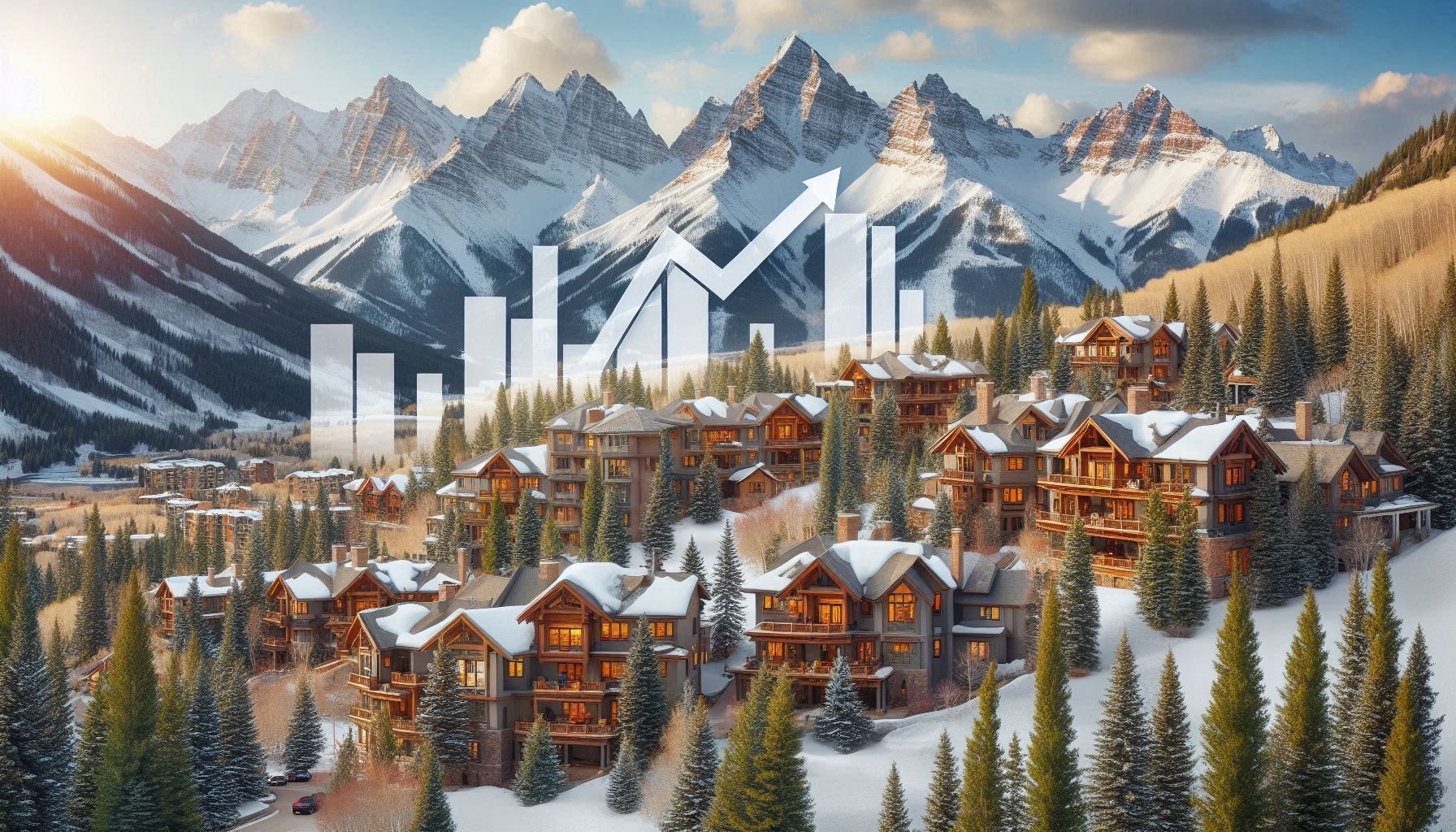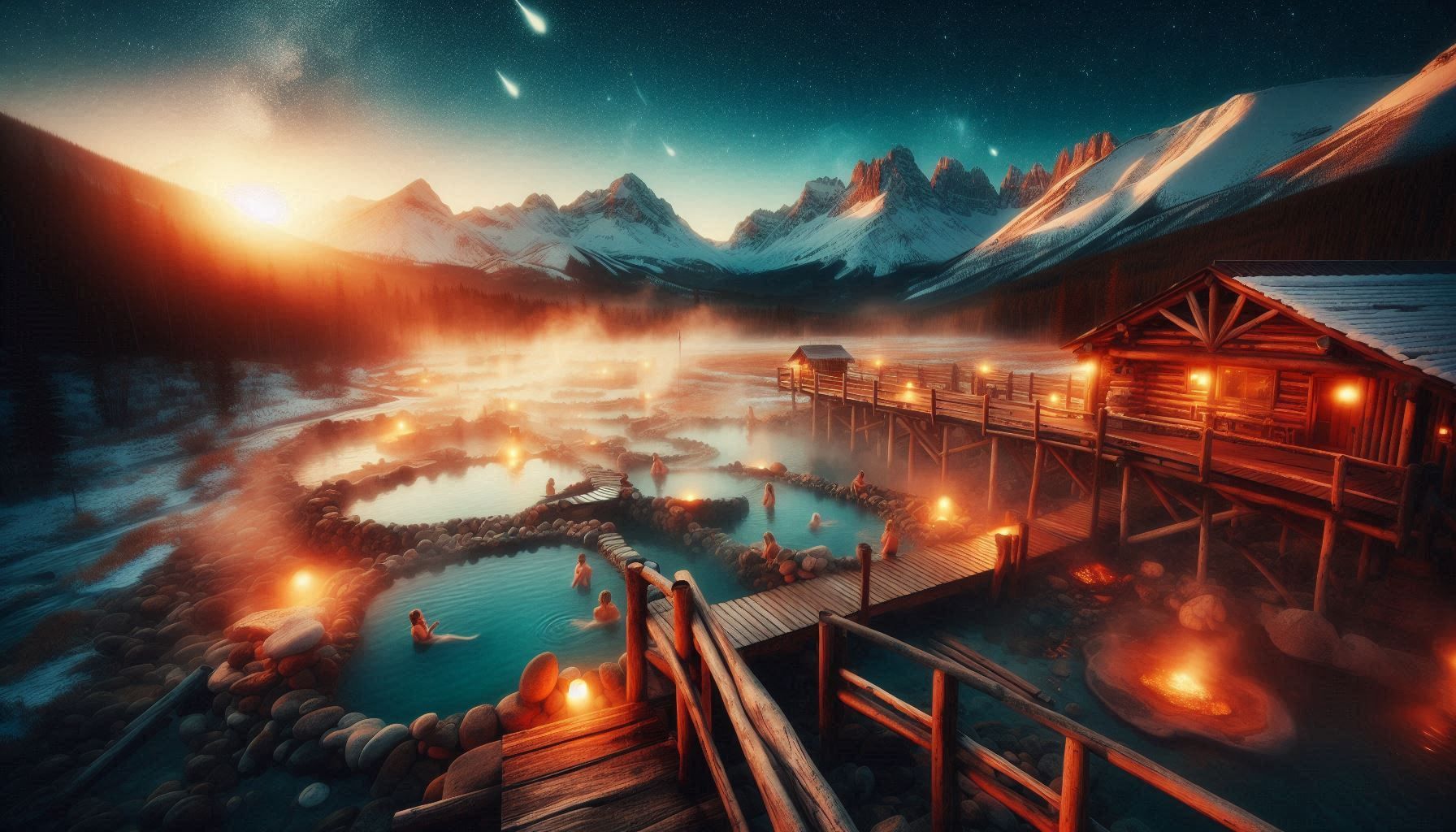Colorado’s Timeless Architectural Heritage
Colorado's architecture is a living narrative, weaving together the state’s vibrant history, natural splendor, and modern ingenuity. From the rustic charm of frontier cabins to the timeless beauty of Craftsman homes, the architectural styles found in Aspen, Breckenridge, Frisco, Vail, and surrounding areas tell stories of resilience, innovation, and a deep connection to the land.
In this first part of our exploration, we’ll uncover the roots of Colorado’s architectural identity by diving into its historic and transitional styles. We’ll showcase how these homes continue to inspire modern buyers and sellers while preserving their charm and relevance.
Historic Beginnings: Colorado’s Early Architectural Foundations
The body content of your post goes here. To edit this text, click on it and delete this default text and start typing your own or paste your own from a different source.
The Pioneer Era’s Rustic Simplicity
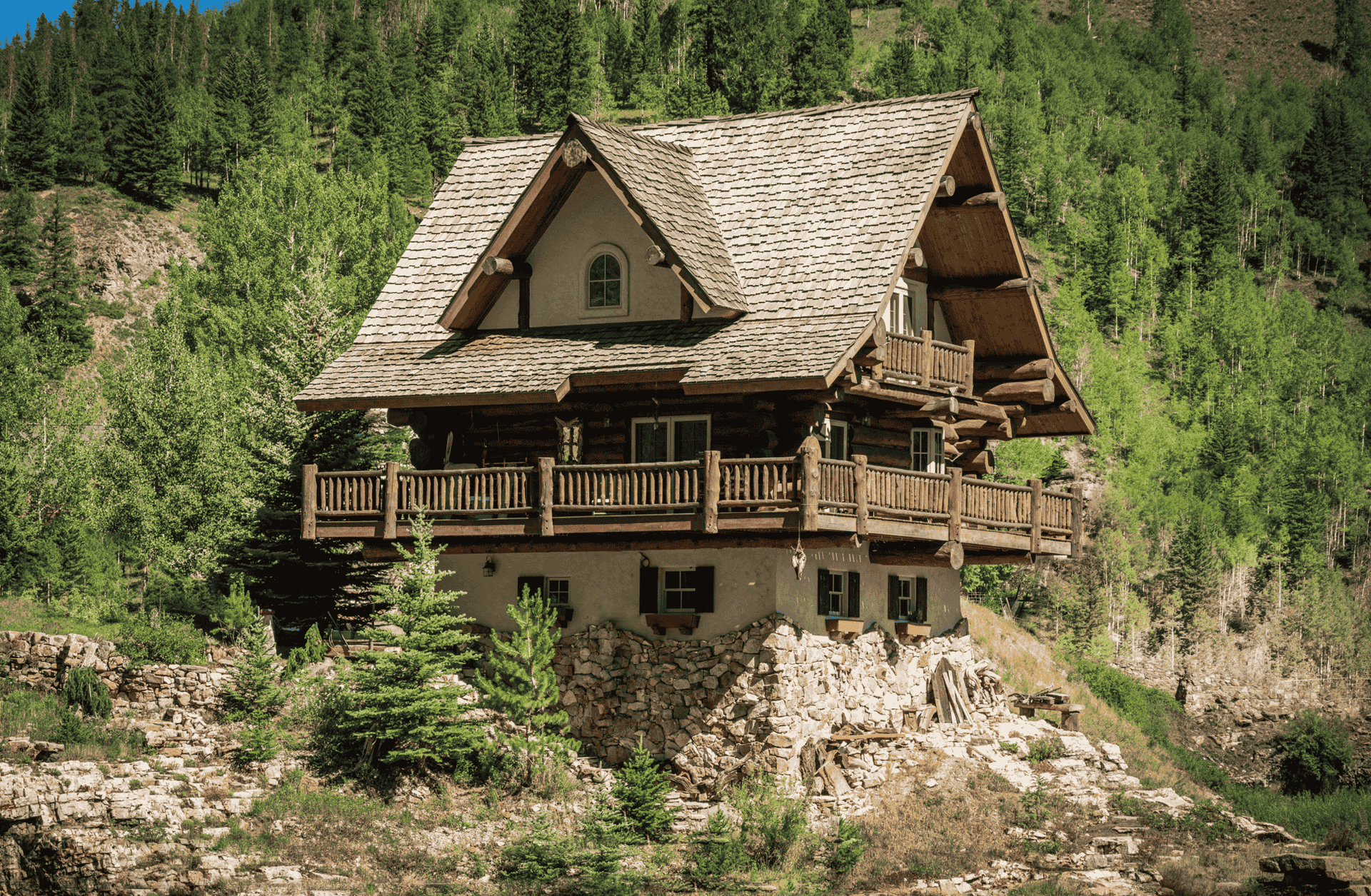
When settlers first arrived in Colorado during the mid-19th century, they faced a landscape both breathtaking and unforgiving. Building homes wasn’t just about shelter—it was about survival. Log cabins, constructed from trees harvested nearby, became the backbone of these early communities, particularly in mountain towns like Breckenridge. These sturdy, modest structures reflected the pioneering spirit of their creators, blending function with resilience and perfectly complementing the rugged beauty of the Rocky Mountains.
What Makes Pioneer Cabins Special?
These homes weren’t just built—they were crafted by hand, log by log, with a focus on utility and durability. Their defining features include:
- Hand-hewn logs: Each piece was carefully shaped to fit together snugly, creating a solid, weatherproof structure.
- Steeply pitched roofs: Designed to shed heavy snow quickly, these roofs were as practical as they were iconic.
- Small, functional windows: To keep the cold at bay, early settlers opted for smaller windows, conserving heat during Colorado’s frigid winters.
- Stone foundations: Many cabins were built on stone foundations to provide stability and protect the structure from moisture, ensuring longevity in the damp mountain environment.
- Central fireplaces: A single large fireplace often served as the home’s heart, providing heat, light, and a place for cooking.
Why They Matter Today
These log cabins aren’t just relics of the past; they’re tangible links to Colorado’s pioneering spirit. Each one carries a story of resilience and self-reliance, values that continue to define the state’s mountain lifestyle. They offer a unique blend of history and charm, seamlessly blending rustic character with the possibility of modern living. Their enduring appeal is reflected in rising interest among buyers seeking homes that connect with Colorado's roots while offering contemporary amenities.
For Buyers: If you’re searching for a property with character, restored log cabins are a rare gem. Imagine owning a piece of Colorado history, updated with features like modern kitchens, eco-friendly insulation, and energy-efficient windows. They’re not just homes—they’re investments in something timeless and unique.
For Sellers: Selling a historic property? Focus on its story. Highlight how it’s been thoughtfully upgraded to meet today’s needs without losing its original charm. Features like reinforced insulation, double-paned windows, or solar heating can make these rustic gems even more appealing to modern buyers.
A Real-Life Transformation
One standout example is a 19th-century log cabin in Breckenridge. Once abandoned and weather-worn, this historic gem underwent a full restoration and now serves as
Breckenridge’s vibrant community center. The project preserved the cabin’s original character—down to its hand-hewn logs—while incorporating modern functionality to meet the needs of today’s users. Its transformation is a testament to how these timeless structures can adapt and thrive in the modern era (Learn more here).
Victorian Grandeur’s Touch of Elegance
With the mining boom of the late 19th century, wealth and success brought a new wave of architectural sophistication to Colorado. Ornate Victorian homes, inspired by European styles, began to grace mountain towns like Aspen and Leadville. These stately residences were more than just homes—they were symbols of affluence, refinement, and the optimism of a booming era.
What Makes Victorian Homes Special?
Victorian homes are celebrated for their intricate design and attention to detail. Their defining features include:
- Decorative woodwork: Known as “gingerbread trim,” this ornate detailing adorns porches, eaves, and railings, showcasing the craftsmanship of the time.
- Steep roofs and gabled designs: These dramatic rooflines add grandeur while serving practical purposes, such as shedding snow.
- Vibrant color schemes: Painted in bold, multi-hued palettes, these homes make a statement and highlight architectural details.
- Wrap-around porches: Spacious and inviting, these porches were perfect for entertaining and relaxing while enjoying scenic views.
- Stained glass windows: Intricate glasswork adds an artistic touch, creating colorful, warm lighting inside the home.
Why They Matter Today
Victorian homes aren’t just pieces of history; they’re living examples of timeless elegance and craftsmanship. These homes combine historic charm with modern possibilities, making them unique in today’s real estate market.
For Buyers: Victorian homes are perfect for those seeking distinctive architecture and historic significance. Restorations often balance classic features with modern comforts, like updated heating systems or energy-efficient windows. They’re ideal for buyers who appreciate both beauty and legacy.
For Sellers: Highlight your home’s story and unique features. Focus on its historic charm while emphasizing modern updates like upgraded plumbing, kitchens, or insulation. Buyers love the combination of character and contemporary convenience.
A Real-Life Transformation
One standout example of
Victorian restoration is a historic home in Aspen. Originally built during the mining boom, it was meticulously restored to preserve its decorative woodwork, vibrant exterior, and stained glass windows. Modern updates, like an efficient heating system and reinforced structure, brought it into the 21st century while honoring its past.
Queen Anne’s Whimsical Craftmanship
A vibrant subgenre of Victorian architecture, Queen Anne homes brought a playful, artistic flair to Colorado’s late 19th-century architectural landscape. Known for their bold, asymmetrical designs and intricate details, these homes became icons of creativity and craftsmanship. Towns like Denver saw the rise of Queen Anne neighborhoods, and their influence soon extended to Colorado’s mountain communities.
What Makes Queen Anne Homes Special?
Queen Anne homes stand out for their imaginative designs and intricate embellishments, making each one a unique work of art. Key features include:
- Turrets and towers: These striking vertical elements add grandeur and a fairytale-like charm to the exterior.
- Asymmetrical facades: A departure from the symmetry of earlier styles, these homes feature varied rooflines, bay windows, and wrap-around porches.
- Decorative woodwork: Intricate “spindlework” and ornate detailing adorn porches, balconies, and gables, showcasing the craftsmanship of the era.
- Stained glass windows: These artistic windows add a touch of whimsy, casting colorful light into interior spaces.
- Bold color palettes: Queen Anne homes often feature vibrant, multi-colored exteriors, emphasizing their architectural details.
Why They Matter Today
Queen Anne homes remain beloved for their charm and character, offering a timeless blend of history and artistry. Their unique designs and intricate details stand out in today’s market, combining architectural beauty with historic significance. These homes are living pieces of art that inspire admiration and creativity.
For Buyers: These homes appeal to those seeking unique, historic properties with creative potential. Many have been transformed into boutique accommodations, art studios, or personalized retreats. With careful restorations, Queen Anne homes can balance their historical charm with modern conveniences.
For Sellers: Highlight the home’s whimsical features and story. Showcasing well-staged interiors that match the playful exterior can enhance buyer interest. Features like updated plumbing, heating, and restored stained glass add even more appeal.
A Real-Life Transformation
A notable example of a restored
Queen Anne home in Denver's Capitol Hill district is the
Capitol Hill Mansion Bed & Breakfast Inn. Built in 1891 for Jeffrey and Mary Keating, this elegant residence showcases the distinctive features of the Queen Anne style, including a turret, intricate woodwork, and stained glass windows. The restoration preserved these historic elements while integrating modern amenities to provide contemporary comfort.
Transitional Eras: Bridging History and Modernity
Craftsman Homes’ Handcrafted Harmony
In the early 20th century, the Craftsman style emerged as a breath of fresh air in architectural design, celebrating simplicity, functionality, and the beauty of artisanal details. Found in places like Frisco and Boulder, Craftsman homes represented a shift away from the ornate Victorian era toward a more grounded and nature-focused aesthetic. These homes weren’t about extravagance—they were about authenticity, quality, and blending seamlessly with their surroundings.
What Makes Craftsman Homes Special?
Craftsman homes are renowned for their balance of artistry and practicality, with every detail serving a purpose while showcasing exceptional craftsmanship. Their defining features include:
- Exposed beams: These structural elements highlight the handcrafted nature of the home, blending style with function.
- Low-pitched roofs: Wide overhanging eaves offer shade, protect the home from the elements, and enhance its natural aesthetic.
- Large, inviting porches: Supported by sturdy columns, these spaces create a welcoming entryway and a perfect spot to enjoy the outdoors.
- Handcrafted woodwork: Built-in cabinetry, wainscoting, and custom trim reflect the Arts and Crafts philosophy of celebrating skilled craftsmanship over industrial production.
- Natural materials: Stone, wood, and brick are prominently featured, reinforcing the home’s connection to its surroundings.
Why They Matter Today
Craftsman homes remain timeless because they embody a philosophy that values harmony with nature and exceptional craftsmanship. Their use of natural materials and thoughtful design creates a warm, inviting space that feels connected to the environment while offering enduring beauty.
For Buyers: Craftsman homes are perfect for those who value character, functionality, and a connection to nature. These homes often combine historic charm with practical modern upgrades, making them ideal for families, couples, or individuals seeking a home with lasting appeal. Look for features like original wood beams, built-in storage, or cozy stone fireplaces to truly capture the Craftsman spirit.
For Sellers: Emphasize the home’s handcrafted details and connection to its surroundings. Highlight unique features such as exposed beams, natural stonework, or built-in cabinetry. Modern updates, like energy-efficient windows or an updated kitchen, can also make your property stand out while preserving its original charm.
A Real-Life Transformation
In Boulder, a
stunning 1917 Craftsman home stands as a testament to the timeless appeal of this architectural style. Listed for $3.95 million, this meticulously maintained property blends historic charm with tasteful updates. Original features like intricate woodwork, bay windows, beamed ceilings, hardwood floors, and a wood-burning fireplace reflect the artistry of its time, while new interior and exterior paint breathe fresh life into the home.
Pueblo Revival’s Southwest Influence
Rooted in the adobe dwellings of Indigenous peoples and Spanish settlers, Pueblo Revival architecture adds a distinct regional charm to Colorado’s architectural landscape. While more commonly found in southern Colorado, these homes are rare in mountain towns, making them a unique and valuable part of the state’s cultural heritage. Their earthy tones, rounded edges, and natural materials blend harmoniously with the surrounding landscape, reflecting a timeless connection to the Southwest.
What Makes Pueblo Revival Homes Special?
These homes stand out for their unique design and cultural significance, blending historical inspiration with practical living. Key features include:
- Adobe or stucco walls: Thick, earthen walls provide excellent insulation, keeping homes cool in the summer and warm in the winter.
- Flat roofs with parapets: This defining feature not only contributes to the aesthetic but also adds functionality in arid climates.
- Rounded corners and soft edges: These create a sense of warmth and cohesion, reflecting the handcrafted nature of traditional adobe structures.
- Earthy color palette: Shades of beige, tan, and terracotta ensure these homes blend seamlessly with their natural surroundings.
- Vigas and latillas: Exposed wooden beams (vigas) and ceiling planks (latillas) add rustic charm and authenticity to interiors.
Why They Matter Today
Pueblo Revival homes are more than architectural statements; they embody a connection to Colorado’s cultural and environmental heritage.
For Buyers: These homes are perfect for those seeking regional authenticity and a harmonious connection to nature. Their thick walls and design make them energy-efficient and ideal for eco-conscious homeowners. Modern adaptations often include features like radiant heating, updated interiors, and energy-efficient systems, combining historic charm with contemporary comforts.
For Sellers: Highlight your home’s unique architecture and connection to Colorado’s heritage. Buyers are often drawn to the low-maintenance features, energy efficiency, and handcrafted details of Pueblo Revival homes. Emphasize upgrades like solar panels or modernized stucco to appeal to environmentally minded buyers.
A Real-Life Transformation
Solid Rock Custom Homes' "Casa de los Sueños" (Dream Home) in Colorado Springs exemplifies the Mountain Santa Fe style, a Pueblo Revival architecture variant. Nestled within the exclusive Cedar Heights community, this residence earned the 2015 Parade of Homes Industry Award for Craftsmanship. The design emphasizes seamless integration with the natural landscape, featuring expansive windows that frame panoramic views of the surrounding canyons and the iconic Pikes Peak. The home masterfully combines traditional Southwestern elements with modern amenities, creating a sanctuary that reflects both opulence and environmental mindfulness.
Mid-Century Modern Timeless Innovation
The post-World War II era brought a wave of optimism and progress, reflected in the rise of Mid-Century Modern architecture. Characterized by clean lines, open spaces, and a seamless connection to nature, this style quickly became a symbol of innovation and forward-thinking design. While it’s more commonly associated with urban centers like Denver, Mid-Century Modern homes occasionally appear in Aspen, offering a sleek and timeless aesthetic that contrasts beautifully with the rugged mountain landscape.
What Makes Mid-Century Modern Homes Special?
These homes are celebrated for their minimalist yet functional designs, often showcasing a blend of simplicity and innovation. Their defining features include:
- Open floor plans: Emphasizing flow and versatility, these layouts create a sense of spaciousness and allow for multifunctional living.
- Expansive glass windows: Floor-to-ceiling windows invite natural light and provide stunning views, blurring the line between indoor and outdoor spaces.
- Integration with nature: Many Mid-Century Modern homes are designed to harmonize with their surroundings, using natural materials like wood and stone to enhance this connection.
- Flat or low-pitched roofs: These roofs contribute to the streamlined appearance, reinforcing the emphasis on simplicity.
- Minimalist aesthetics: Clean lines and uncluttered interiors focus on functionality and understated elegance.
Why They Matter Today
Mid-century modern homes have a lasting appeal because they combine timeless design principles with a focus on functionality and livability.
For Buyers: These properties are perfect for those who value sleek, minimalist designs with a touch of historical significance. Their open layouts and large windows make them ideal for modern living, while their connection to nature provides a sense of tranquility. Look for original features like vintage fixtures, built-in furniture, or iconic materials that enhance the home’s character.
For Sellers: Highlight the unique architectural elements of your property, such as floor-to-ceiling windows, open spaces, and any original design details that have been preserved. Buyers appreciate authenticity, so showcasing the home’s history and modern updates can make it stand out.
A Real-Life Transformation
One example of a
Mid-Century Modern ranch home in Aspen underwent a thoughtful renovation to preserve its signature features, including expansive glass windows and clean lines, while incorporating modern comforts like updated interiors. This project demonstrated how Mid-Century Modern design can evolve to meet contemporary needs without losing its iconic charm.
History Inspiring Modern Creation
Colorado's architectural story weaves a rich tapestry of history and innovation. From the pioneering resilience of log cabins to the timeless elegance of Victorian masterpieces and the craftsmanship of Pueblo Revival and Craftsman styles, these homes seamlessly bridge the past and present in a way that’s uniquely Colorado. They offer buyers and sellers an extraordinary blend of historical significance and contemporary relevance.
Yet, this exploration of Colorado’s architectural heritage is just the beginning. Enter a new era where tradition transforms into modernity, and luxury is redefined through Mountain Modern retreats that harmonize with nature and cutting-edge sustainable designs that set the standard for eco-conscious living. Discover how Colorado continues to shape the future of real estate, blending breathtaking landscapes with architectural ingenuity.
From the enduring strength of log cabins to the intricate artistry of Victorian elegance, Colorado’s architectural legacy has laid the foundation for today’s bold innovations. Now, step into the future of luxury living, where nature and modern design converge to create homes that inspire and elevate your lifestyle.
Where Innovation Meets Nature
Nowhere else does architectural innovation harmonize so effortlessly with nature’s splendor as in Colorado. This is a state where homes become personal sanctuaries within breathtaking landscapes, embodying both opulence and environmental mindfulness.
Colorado’s homes are more than just places to live—they’re reflections of the state’s awe-inspiring landscapes and forward-thinking spirit. From Mountain Modern retreats that harmonize effortlessly with the Rockies to cutting-edge sustainable designs defining luxury for the next generation, Colorado’s architecture showcases a commitment to innovation, elegance, and environmental stewardship.
This chapter delves into the present and future of Colorado’s architectural evolution. Discover how contemporary designs are transforming luxury real estate, blending breathtaking aesthetics, sustainability, and a deep connection to nature.
Modern Marvels: Redefining Colorado Architecture
Mountain Modern’s Luxury in Nature
Mountain Modern architecture has become a defining style in Colorado’s luxury real estate market, seamlessly blending contemporary design with the rugged charm of the Rocky Mountains. Found in premier destinations like Aspen, Vail, and Breckenridge, these homes offer a sophisticated yet grounded aesthetic, designed to harmonize with the breathtaking natural surroundings. They represent a perfect balance of opulence and environmental consciousness.
What Makes Mountain Modern Homes Special?
These homes are celebrated for their innovative designs that bring the outdoors in while embracing modern luxury. Their defining features include:
- Clean, sleek lines: A hallmark of contemporary design, these simple forms create a sense of calm and sophistication.
- Expansive windows: Floor-to-ceiling glass panels frame panoramic views of the mountains, flooding interiors with natural light and fostering a connection to the outdoors.
- Natural materials: Stone, wood, and metal are prominently used to reflect the home’s environment while adding warmth and texture.
- Indoor-outdoor living spaces: Patios, decks, and open-concept interiors flow seamlessly into the landscape, creating spaces that encourage both relaxation and entertainment.
- Sustainability: Many Mountain Modern homes incorporate eco-friendly features like solar panels, energy-efficient systems, and sustainable building materials.
Why They Matter Today
Mountain Modern homes represent the pinnacle of modern mountain living, combining style, function, and a deep respect for nature.
For Buyers: These homes are ideal for those seeking luxury, privacy, and a strong connection to nature. With their innovative designs and dramatic views, Mountain Modern properties often feel like personal retreats. Buyers should look for features like heated floors, outdoor fireplaces, or smart home technology to enhance the experience.
For Sellers: Highlight the unique views, open layouts, and high-end finishes of your home. Buyers are drawn to the seamless integration of luxury and nature, so investing in professional photography and videography to showcase the home’s best angles can make all the difference.
Spotlight on Architects
Colorado boasts some of the top Mountain Modern architects in the country. Firms like KH Webb Architects specialize in creating homes that blend cutting-edge design with the region’s natural beauty. Their projects often emphasize sustainability and harmony with the environment while delivering unparalleled luxury.
A Real-Life Transformation
In Vail, a
Mountain Modern home underwent a remarkable redesign that highlighted its stunning views while modernizing its interior. The renovation added expansive glass walls, eco-friendly features, and a state-of-the-art kitchen, creating a space that seamlessly integrates with the surrounding landscape. This home exemplifies how Mountain Modern design can evolve to meet contemporary tastes without losing its connection to nature.
Contemporary Homes’ Cutting-Edge Elegance
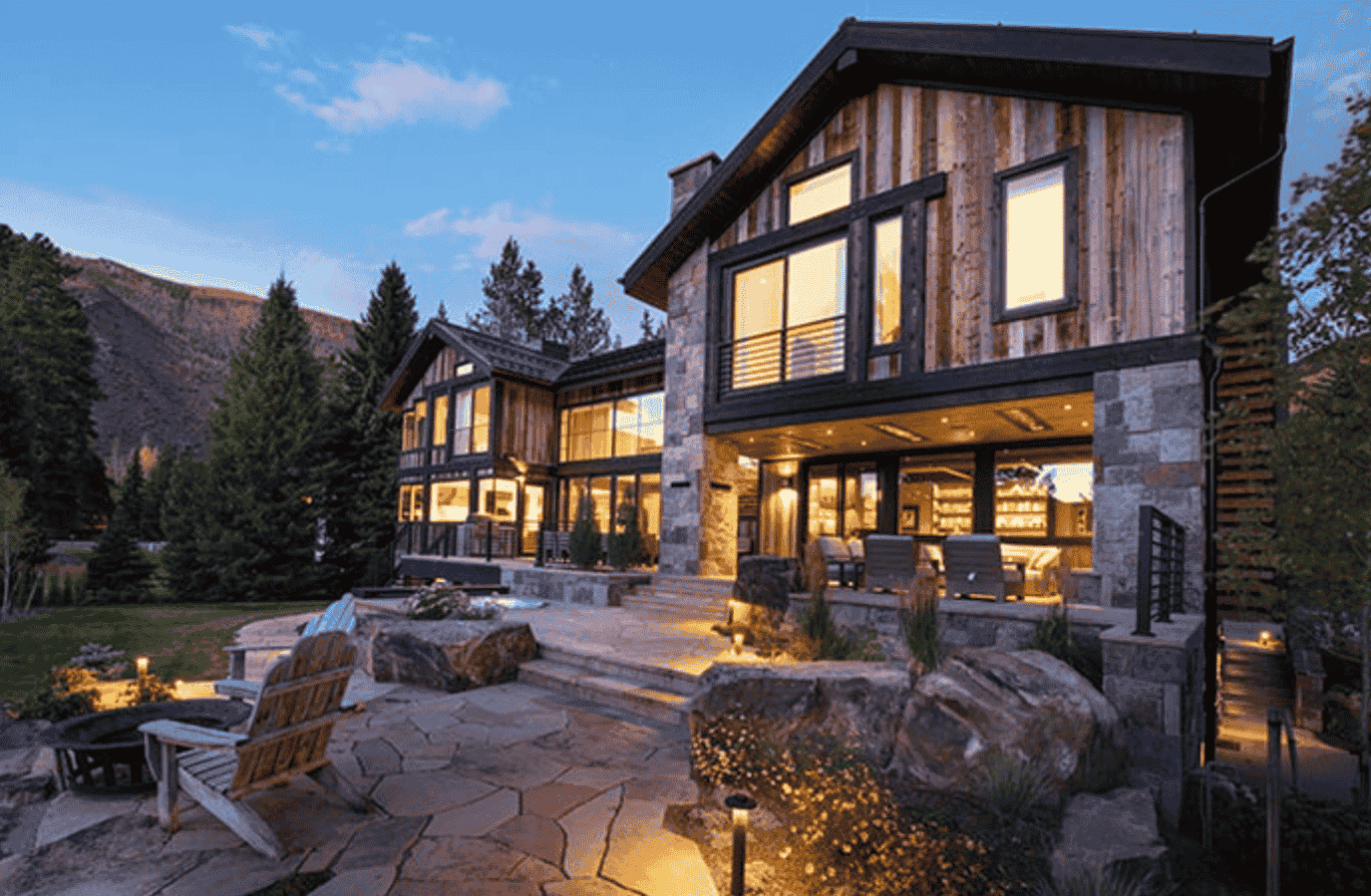
Contemporary architecture is all about redefining boundaries, where innovation meets artistry and sustainability takes center stage. In luxury real estate markets like Vail and Aspen, contemporary homes make a bold statement with their sleek designs and forward-thinking features. These residences seamlessly blend cutting-edge technology with eco-conscious materials, setting a new standard for modern living.
What Makes Contemporary Homes Special?
Contemporary homes are known for their striking, innovative designs that balance aesthetics with functionality. Their defining features include:
- Bold geometric shapes: Clean lines and distinctive forms create a sense of drama and sophistication.
- Expansive glass walls: Floor-to-ceiling windows and sliding glass doors maximize natural light and blur the lines between indoor and outdoor spaces, providing breathtaking views.
- Natural materials: Stone, wood, and glass are prominently used to create a harmonious connection with the environment.
- Minimalist aesthetics: Open spaces and uncluttered layouts emphasize simplicity and elegance.
- Sustainability: Contemporary homes often integrate eco-conscious design elements, such as solar panels, energy-efficient materials, and green roofs, catering to environmentally aware homeowners.
Why They Matter Today
Contemporary homes represent the future of luxury living, combining advanced design with a deep respect for the environment. With features like smart energy management systems and eco-conscious materials, these homes are a perfect match for buyers who prioritize sustainability alongside sophistication. They reflect Colorado's progressive real estate market, where innovation and environmental stewardship go hand in hand.
For Buyers: These properties appeal to those who value sleek, minimalist designs and an immersive connection to nature. Expansive glass walls, eco-friendly construction, and modern layouts make these homes ideal for anyone seeking a contemporary lifestyle with a sustainable edge.
For Sellers: Highlight the home’s unique design elements, such as bold geometric shapes and integration with natural surroundings. Showcase its eco-conscious features, including energy-efficient materials and the seamless indoor-outdoor living experience, to captivate discerning buyers.
A Real-Life Transformation
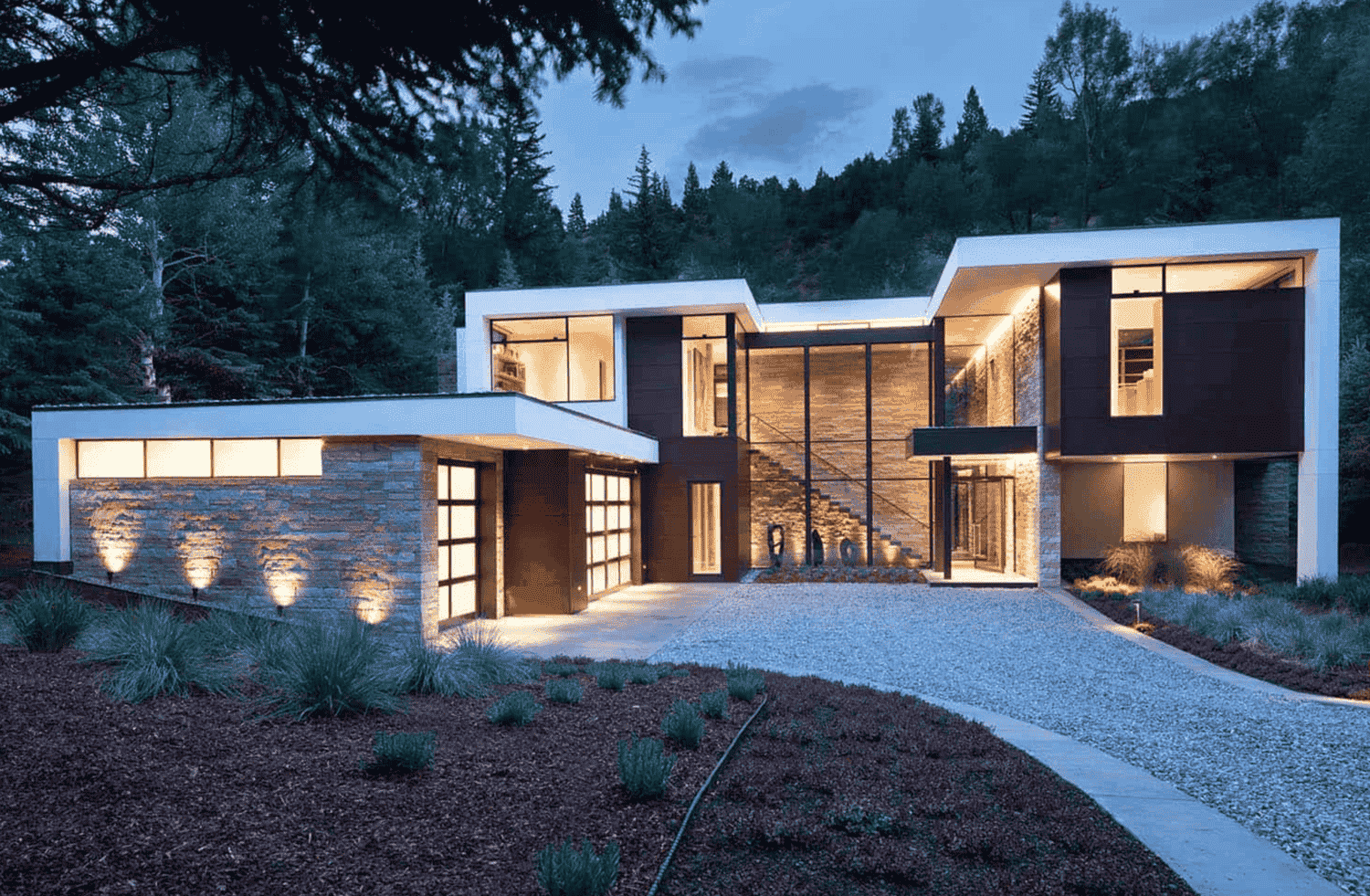
In Aspen, a
contemporary home designed by Charles Cunniffe Architects demonstrates the seamless fusion of bold design and natural harmony. With its striking glass and stone exteriors, this 5,000-square-foot residence integrates beautifully with its forested surroundings. Expansive glass walls flood the interiors with natural light while framing breathtaking mountain views, creating a sophisticated yet serene living space.
Sustainable and Smart Design
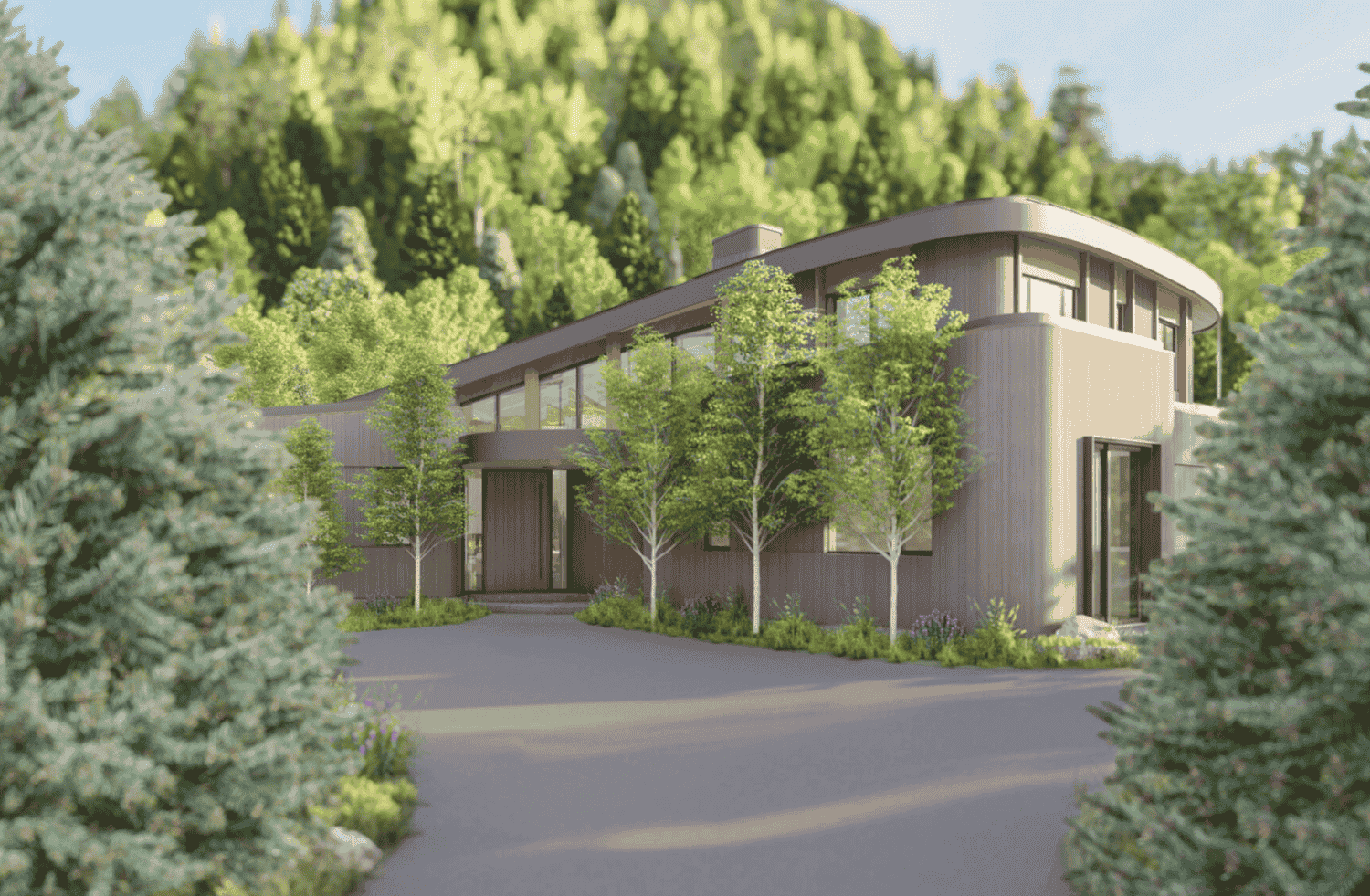
In modern architecture, sustainability has shifted from a luxury to an essential feature. Colorado homes are setting the standard, incorporating eco-friendly features that align with the growing demand for energy efficiency and environmental stewardship. From geothermal heating systems to advanced water recycling technology, these homes seamlessly combine luxury with responsibility. They aren’t just about minimizing environmental impact—they’re about creating spaces that work in harmony with the natural beauty of Colorado.
What Makes Sustainable and Smart Homes Special?
These homes are designed with a forward-thinking approach, ensuring comfort, efficiency, and longevity. Their defining features include:
- Renewable materials: Bamboo, reclaimed wood, and recycled steel create durable yet environmentally conscious structures.
- Energy efficiency: Features like solar panels, geothermal heating, and advanced insulation reduce energy consumption without compromising comfort.
- Integration with nature: Large windows, green roofs, and thoughtful landscaping blur the line between indoor and outdoor spaces, emphasizing harmony with the surroundings.
- Smart technology: Systems that manage lighting, heating, and water use intelligently enhance convenience while promoting sustainability.
Why They Matter Today
Sustainable and smart homes are paving the way for a greener future, making them highly desirable in today’s market.
For Buyers: These properties are ideal for environmentally conscious individuals who value innovative design and practical solutions. From reduced utility bills to healthier indoor air quality, these homes provide tangible benefits alongside their environmental impact. Look for certifications like LEED or ENERGY STAR to ensure the home meets high sustainability standards.
For Sellers: Highlighting eco-friendly features is essential to capturing the attention of today’s buyers. Focus on energy-efficient systems, smart home integrations, and renewable materials. Certifications and upgrades that align with sustainable living can significantly boost your home’s marketability.
A Real-Life Transformation
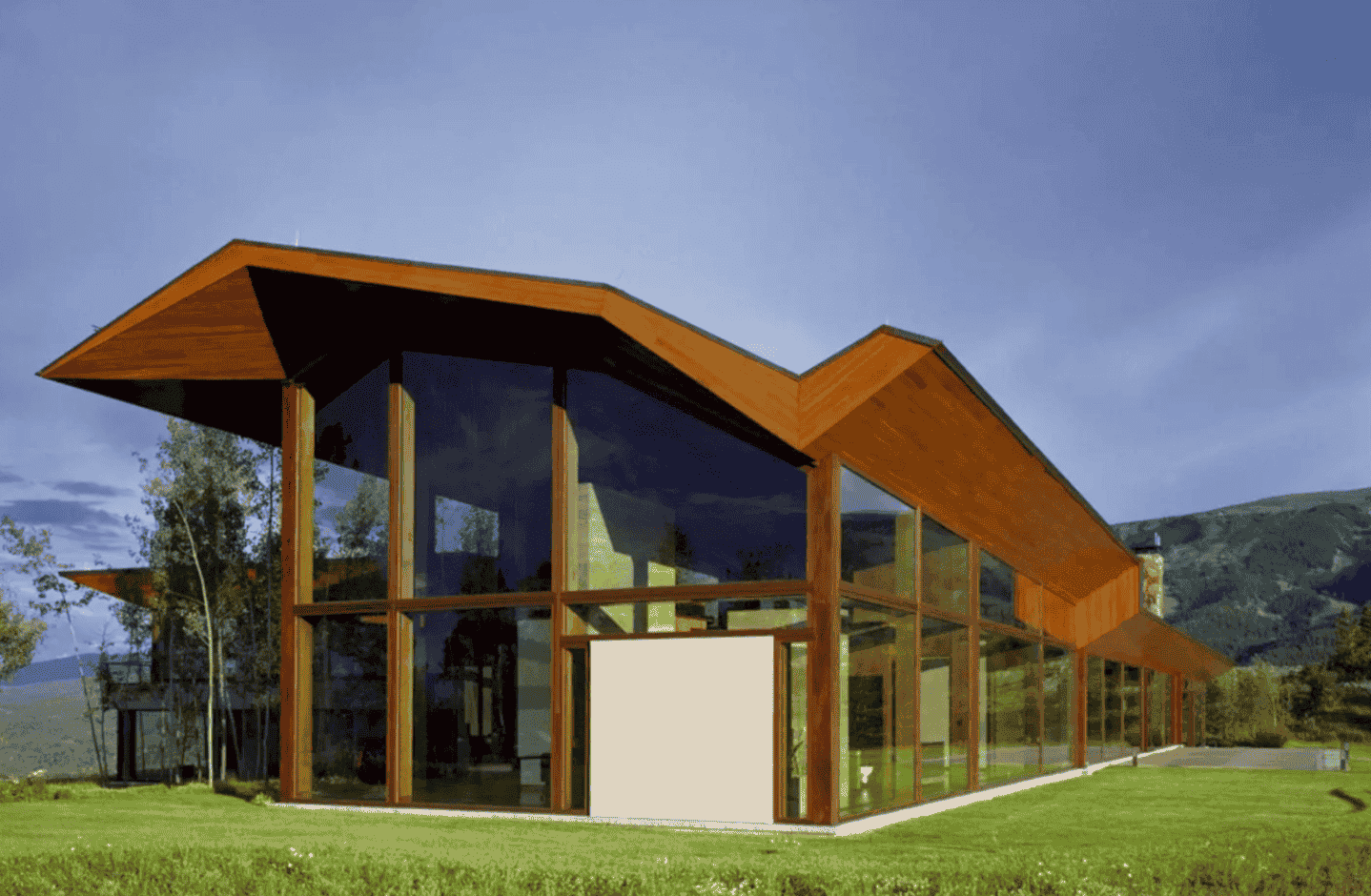
Perched atop a ridge at 9,200 feet in Aspen, the
Wildcat Ridge Residence is a masterpiece of sustainable luxury designed by Voorsanger Architects. This 14,300-square-foot home exemplifies the harmony between modern architecture and environmental stewardship. Featuring 72 geothermal wells for heating and cooling, locally sourced sandstone, and expansive glass walls, the residence seamlessly integrates into the rugged beauty of the Rocky Mountains. Its innovative folded steel roof not only supports heavy snow loads but also enhances the home's dramatic design. With breathtaking views and cutting-edge eco-friendly features, the Wildcat Ridge Residence sets a new standard for sustainable smart living.
Colorado’s architectural evolution is a story of progress—where innovative designs meet the timeless allure of the Rockies. These modern homes don’t just meet the needs of today’s buyers and sellers; they elevate expectations, blending luxury and sustainability like never before.
For buyers, these properties promise a lifestyle defined by harmony, innovation, and connection to nature. For sellers, showcasing the unique features of these homes—whether expansive glass walls, eco-conscious materials, or state-of-the-art technology—can unlock new opportunities in a competitive market.
Whether you’re dreaming of a serene Mountain Modern retreat or envisioning the perfect eco-conscious haven, Colorado offers a home that matches your aspirations and lifestyle. These homes are more than architectural masterpieces—they’re where cherished memories and lasting legacies begin. We're here to turn that dream into a reality.
Colorado’s modern homes symbolize a new era of living. Ready to find or market your next architectural masterpiece? Contact Summit Colorado Realty today and let us help you turn your vision into reality.

